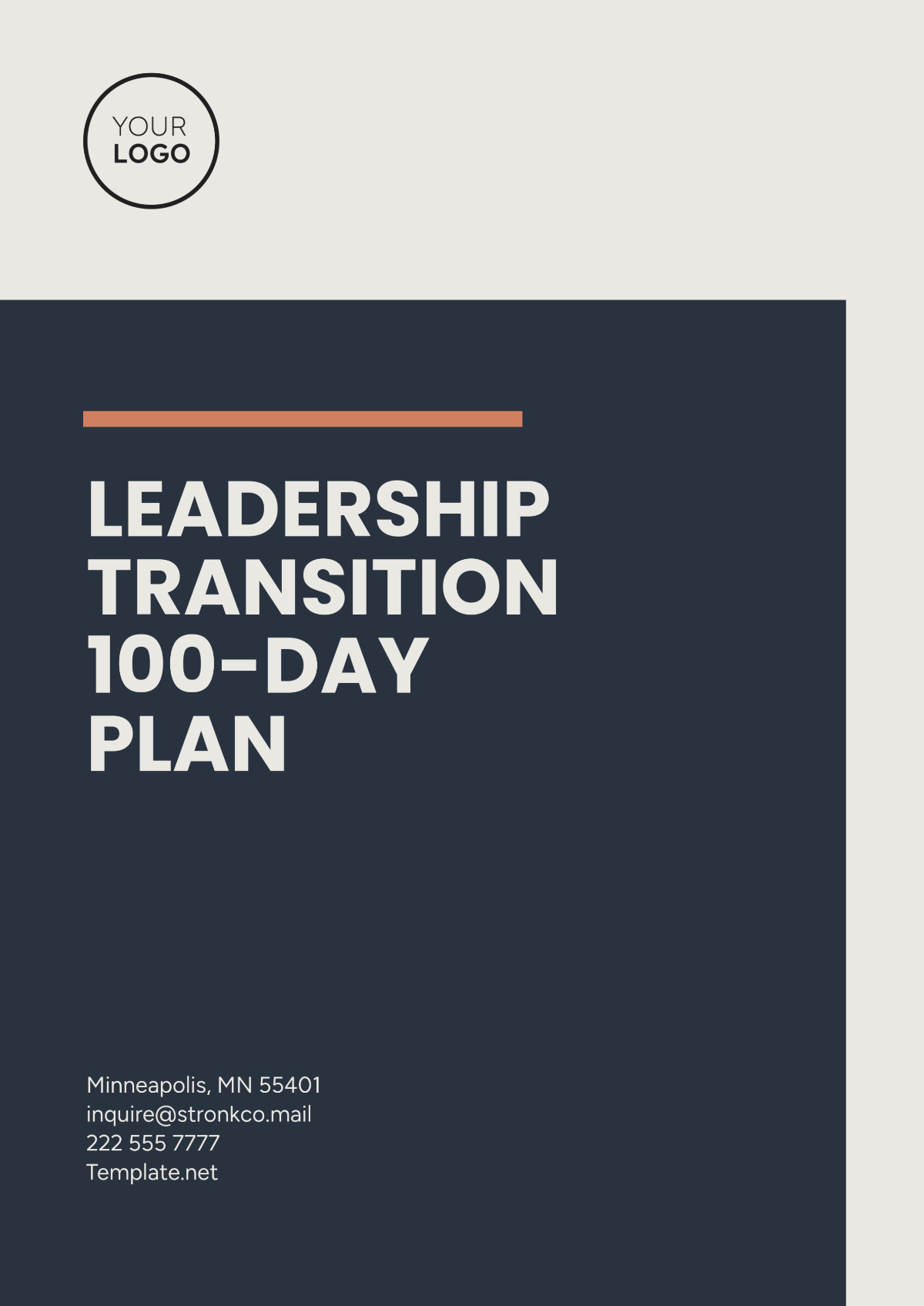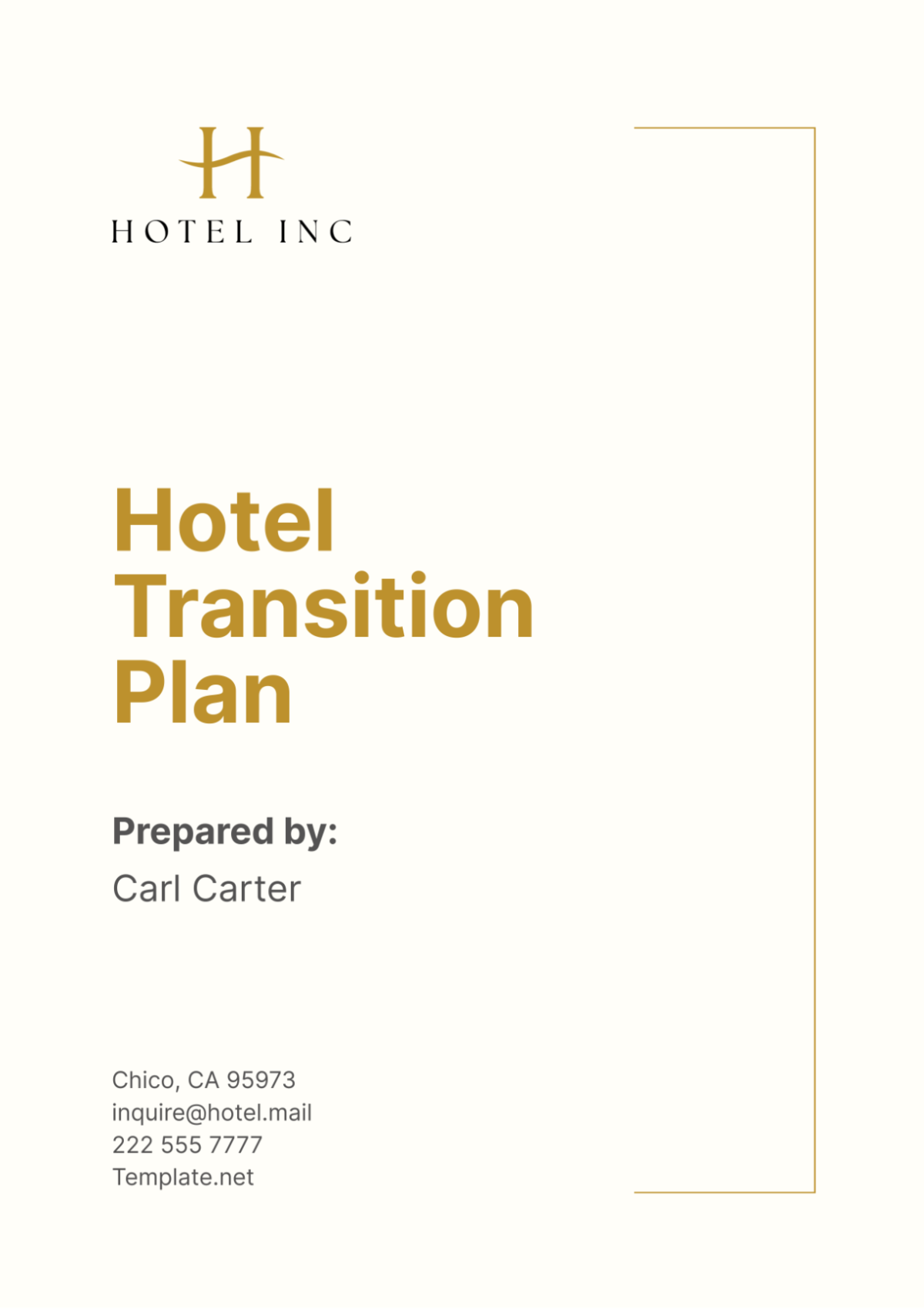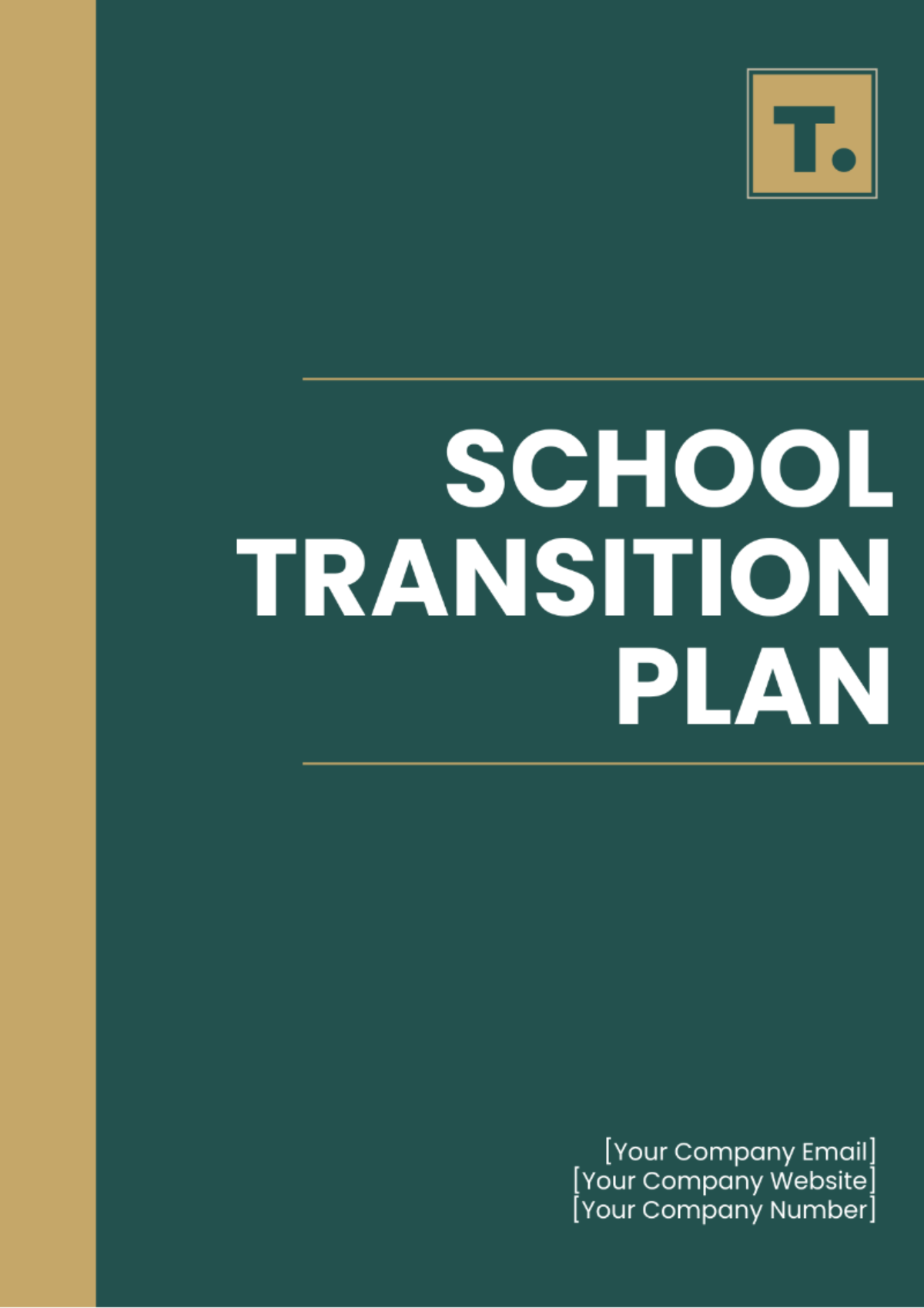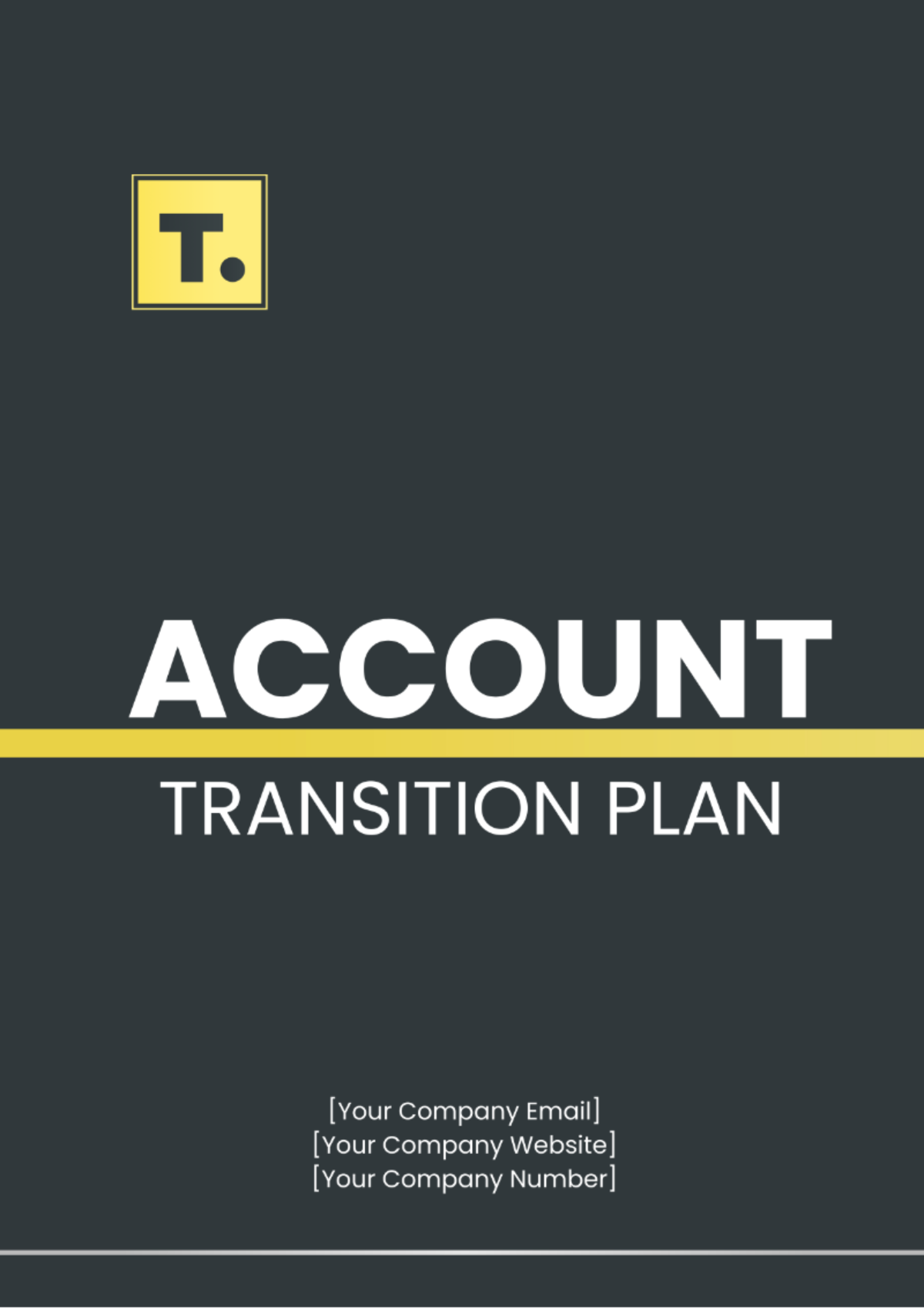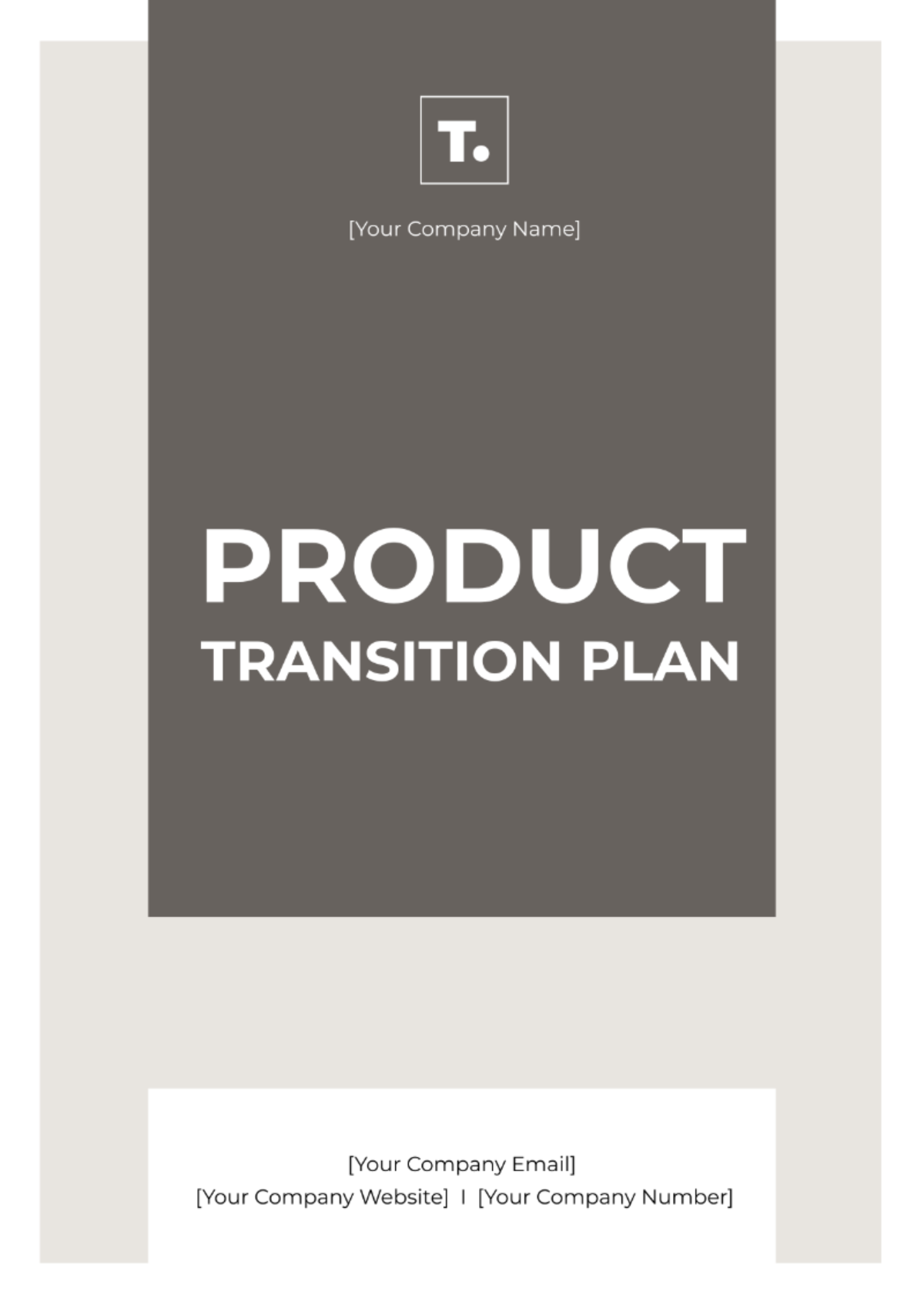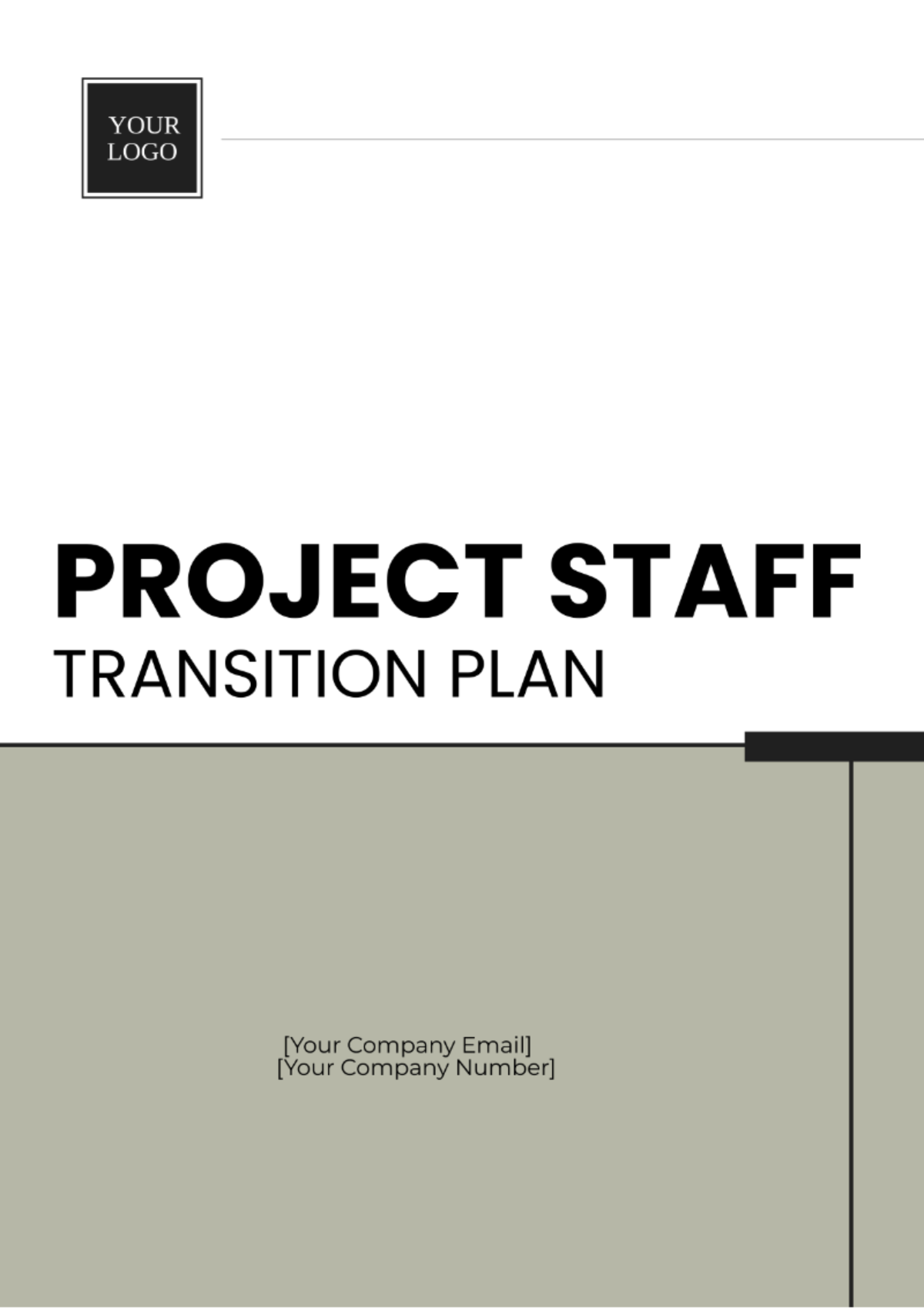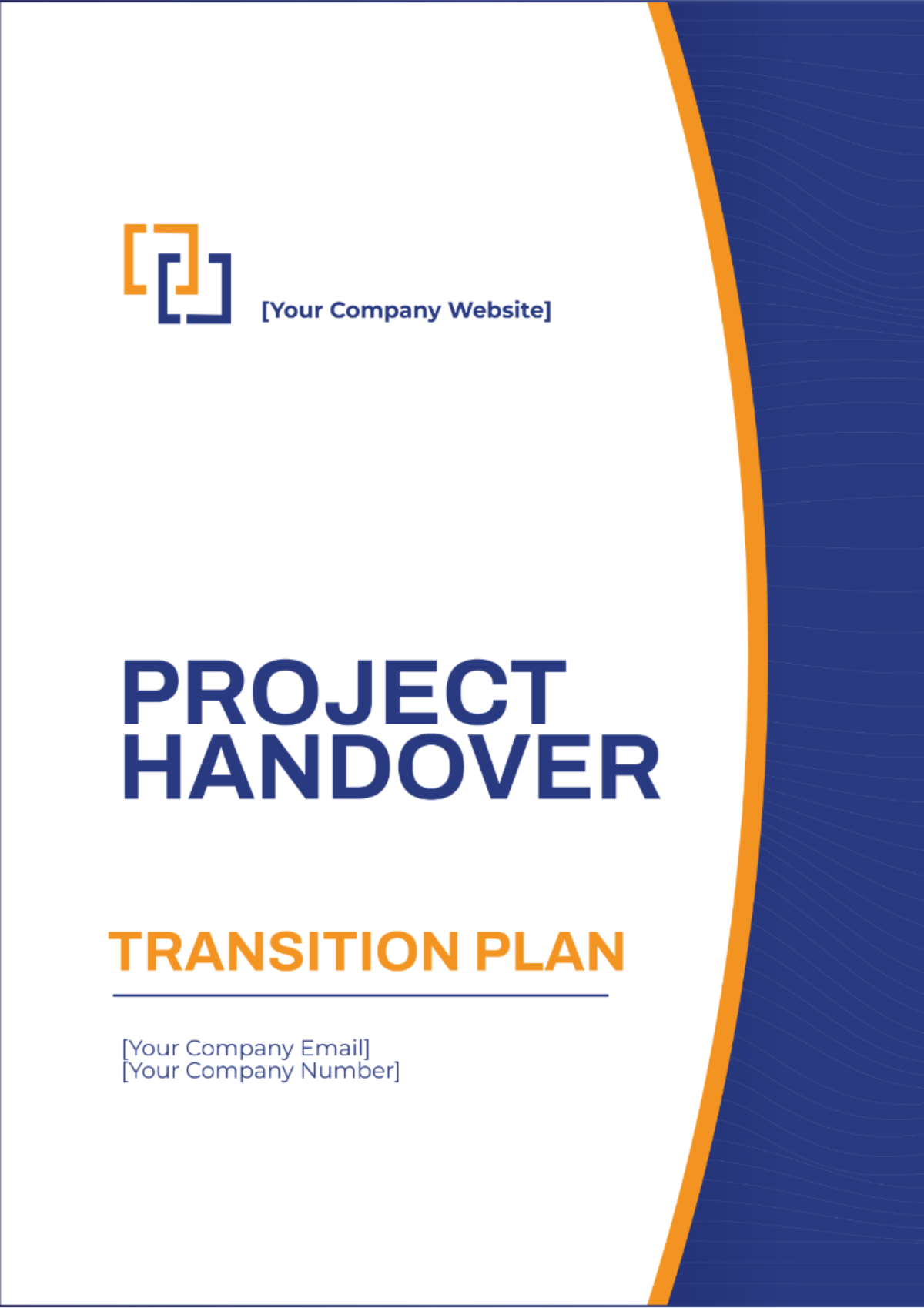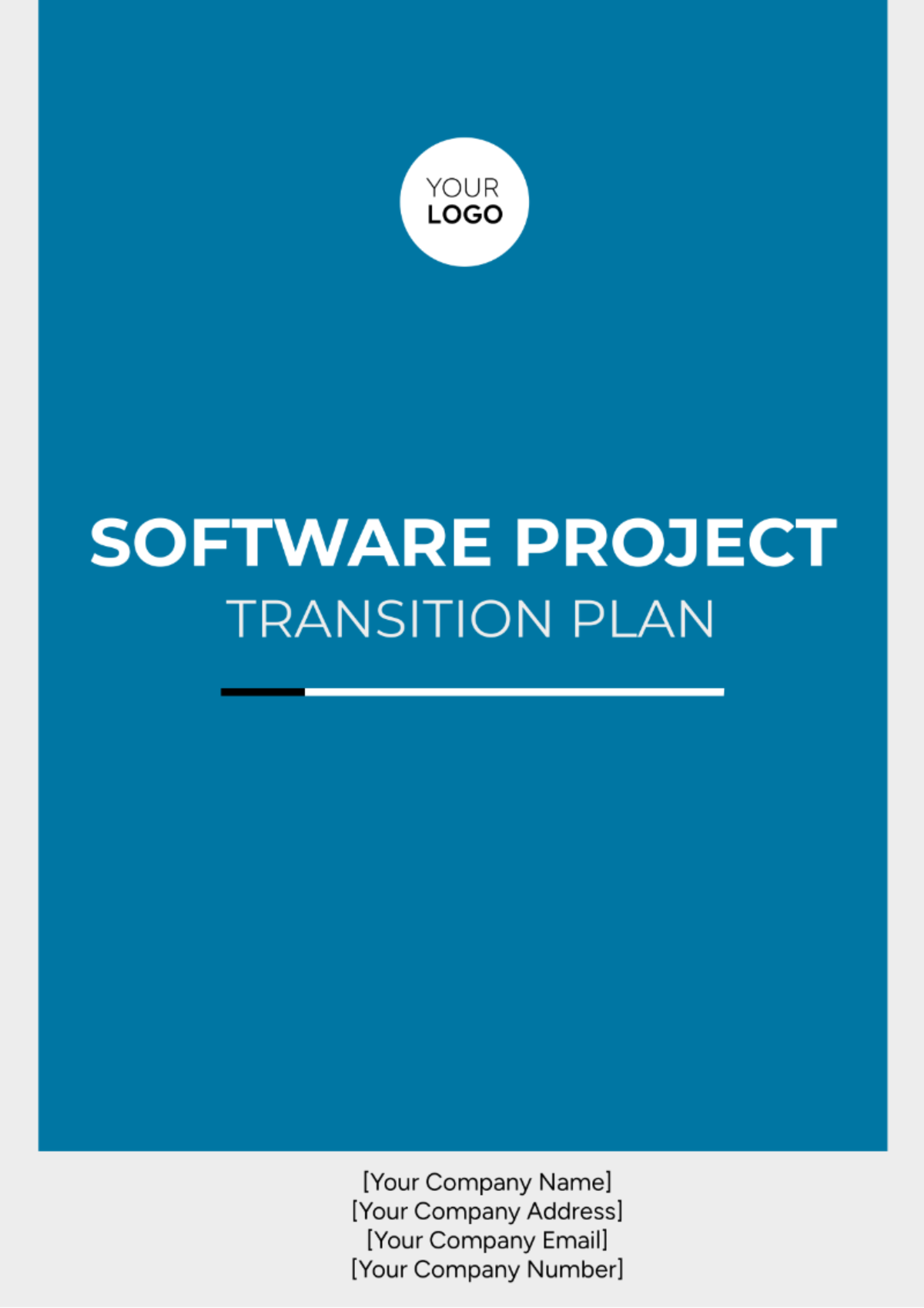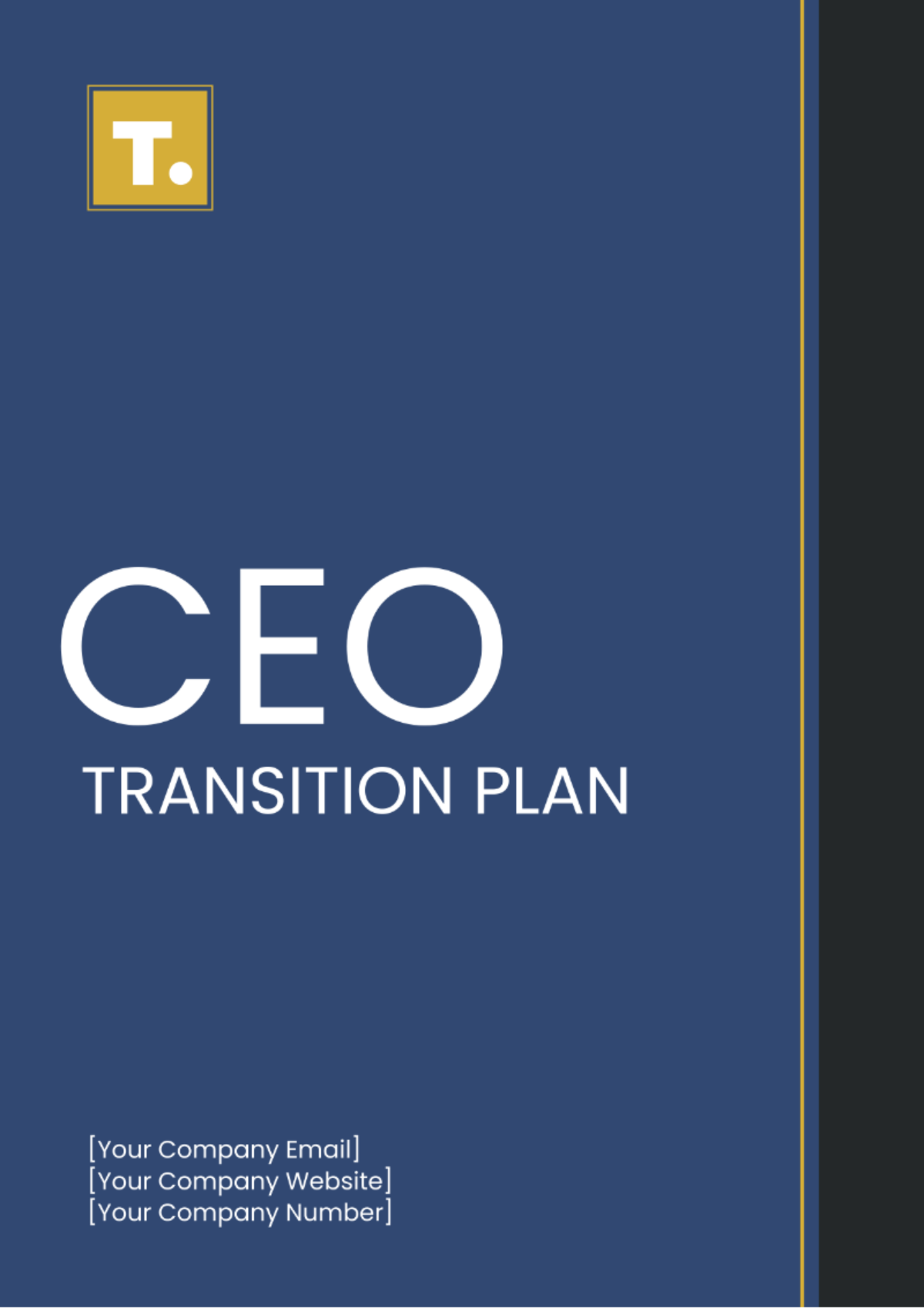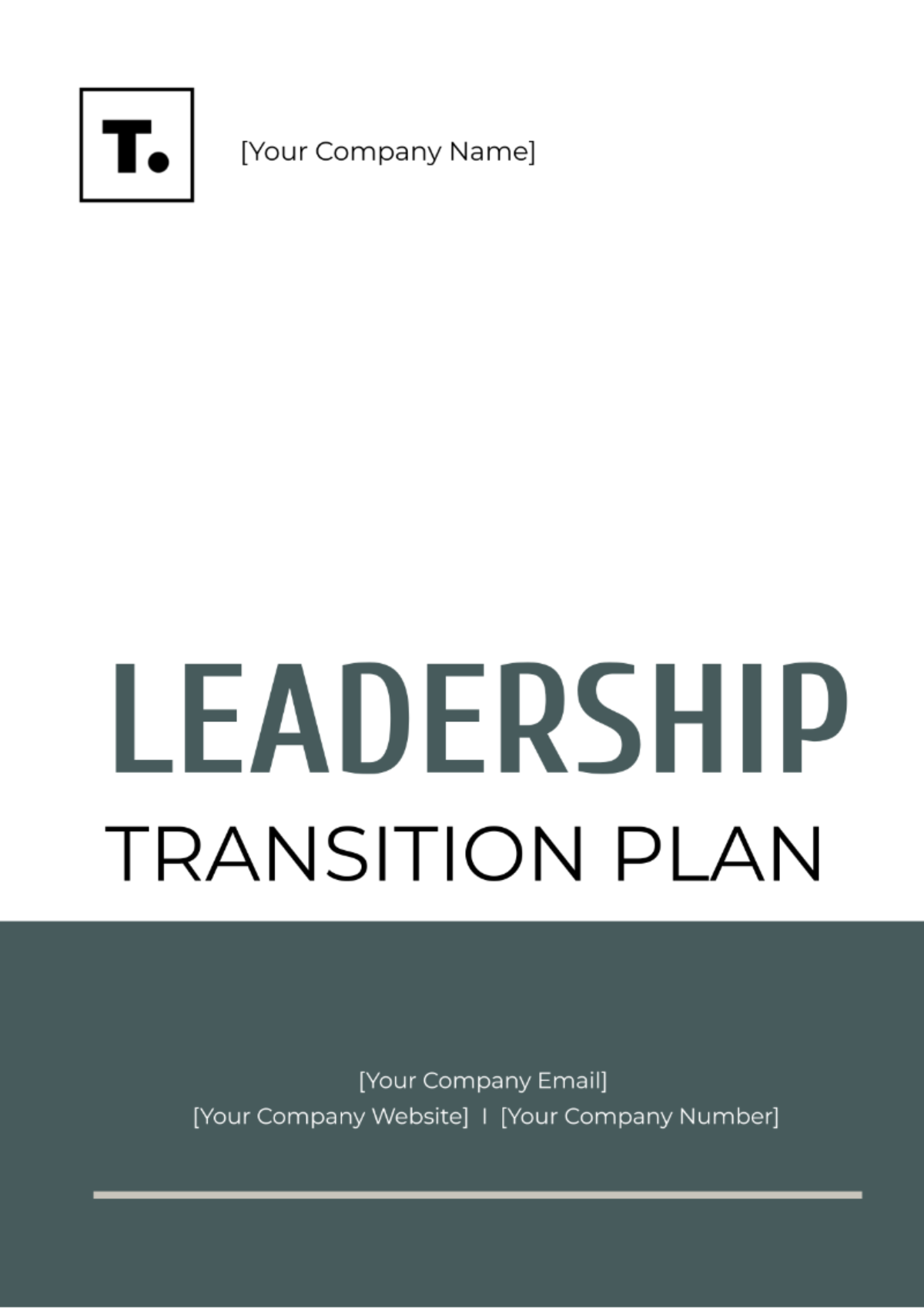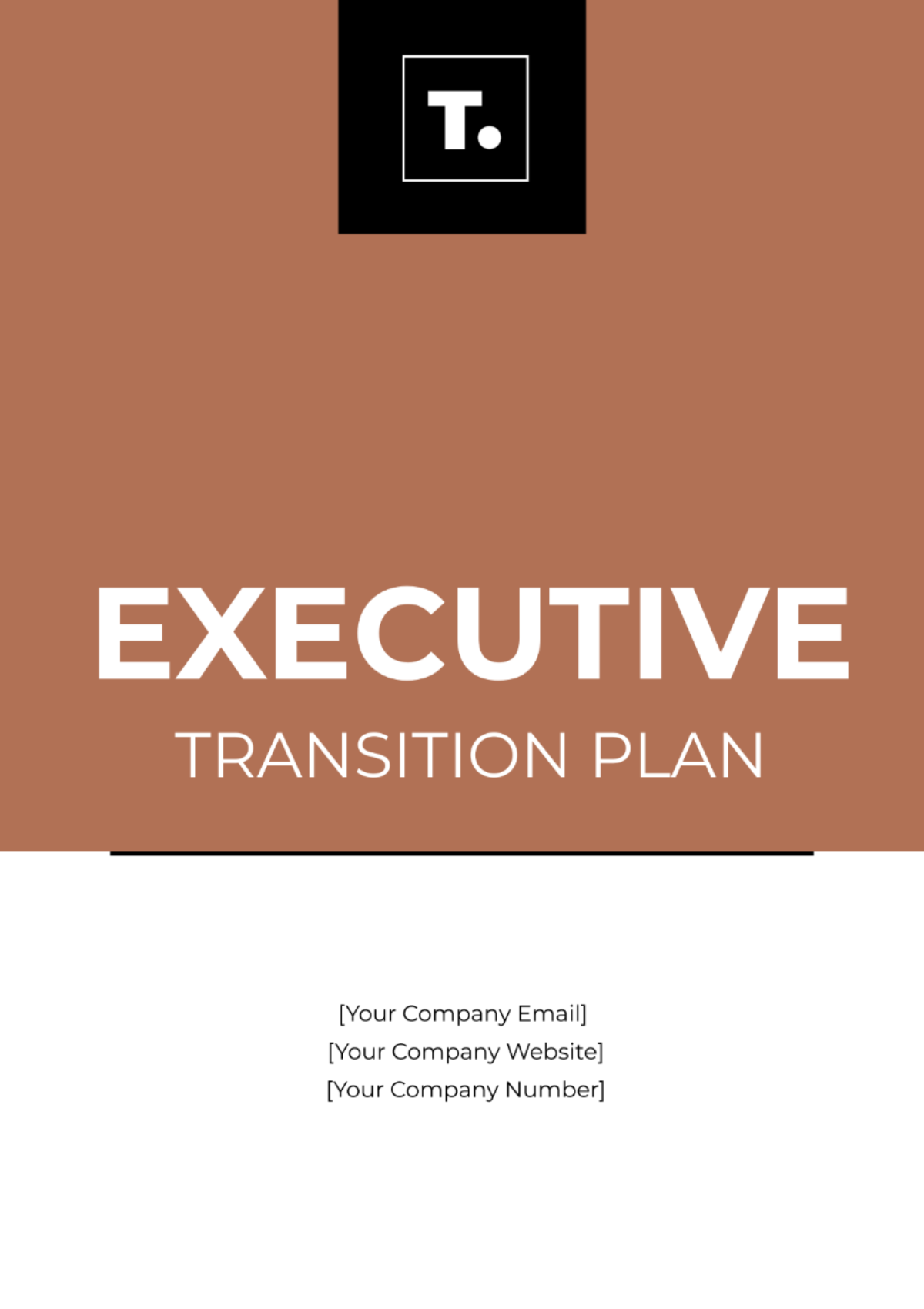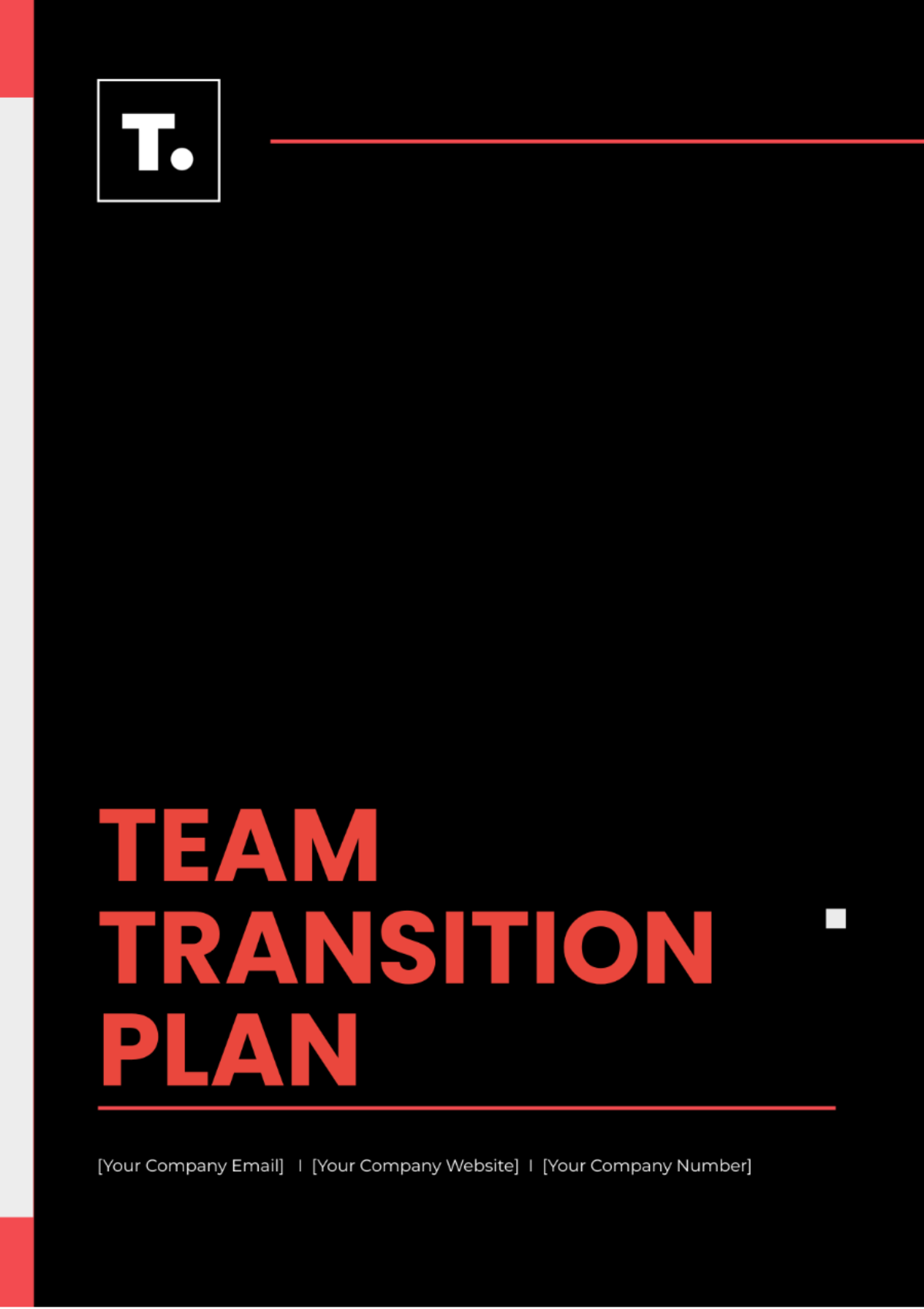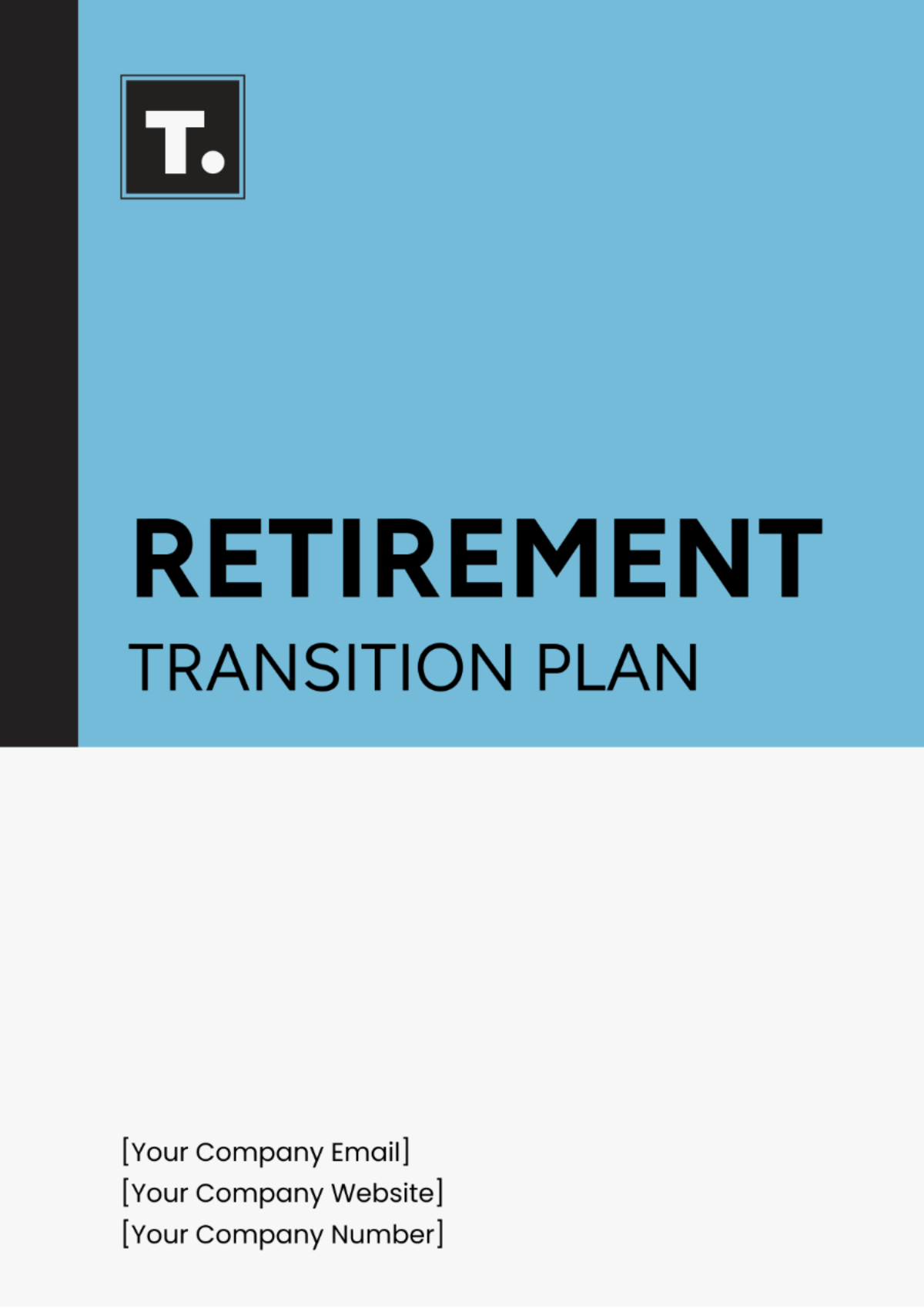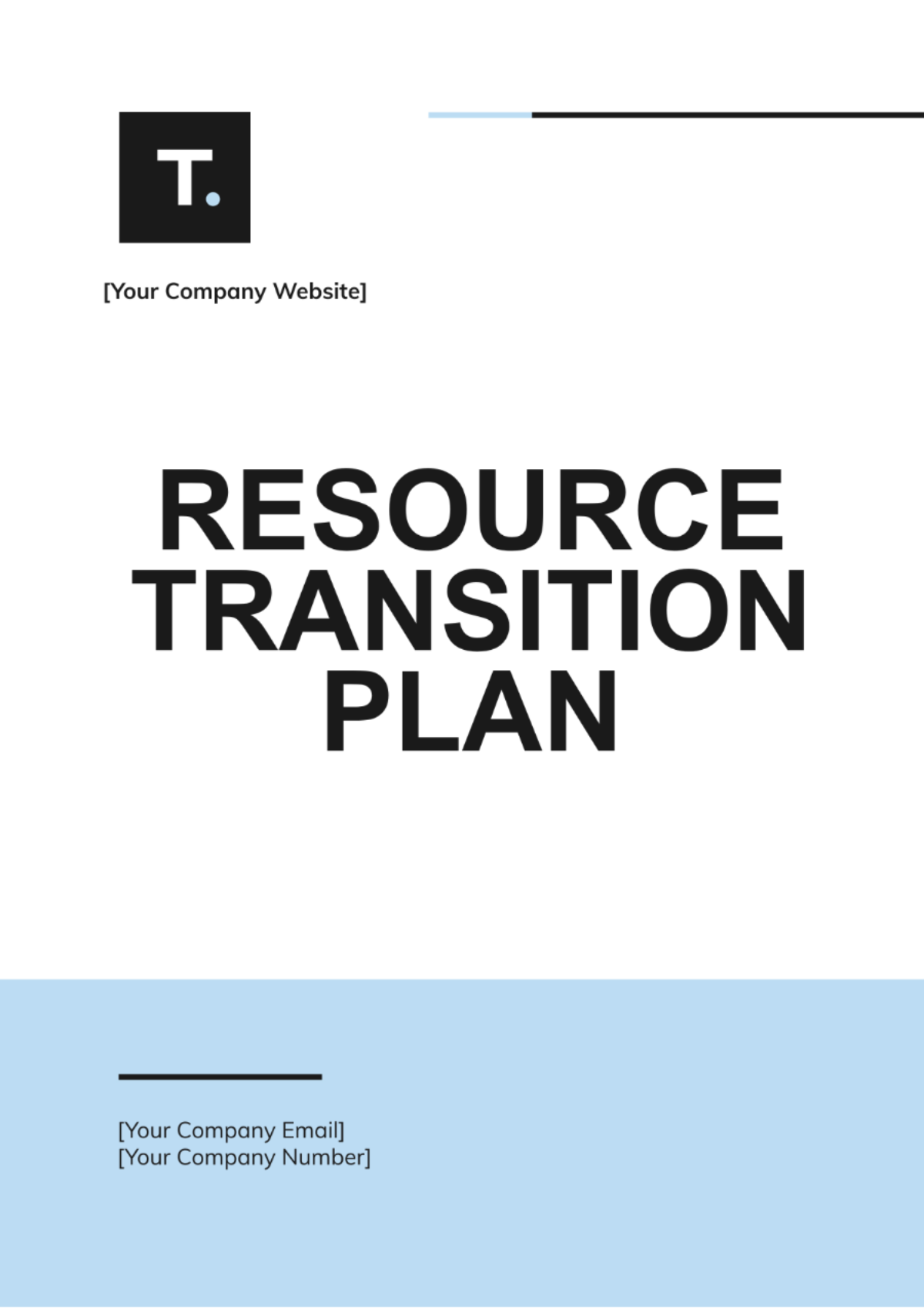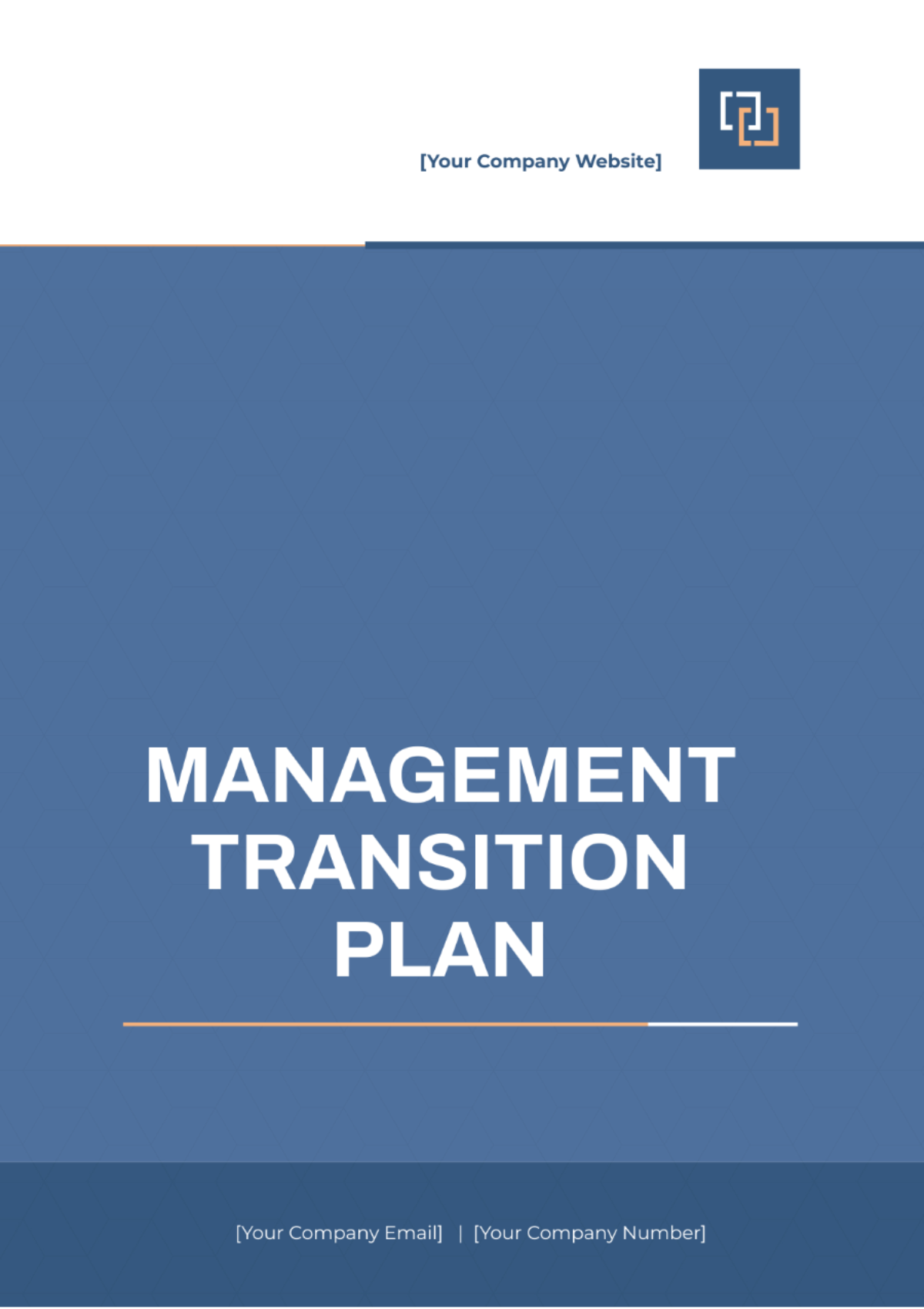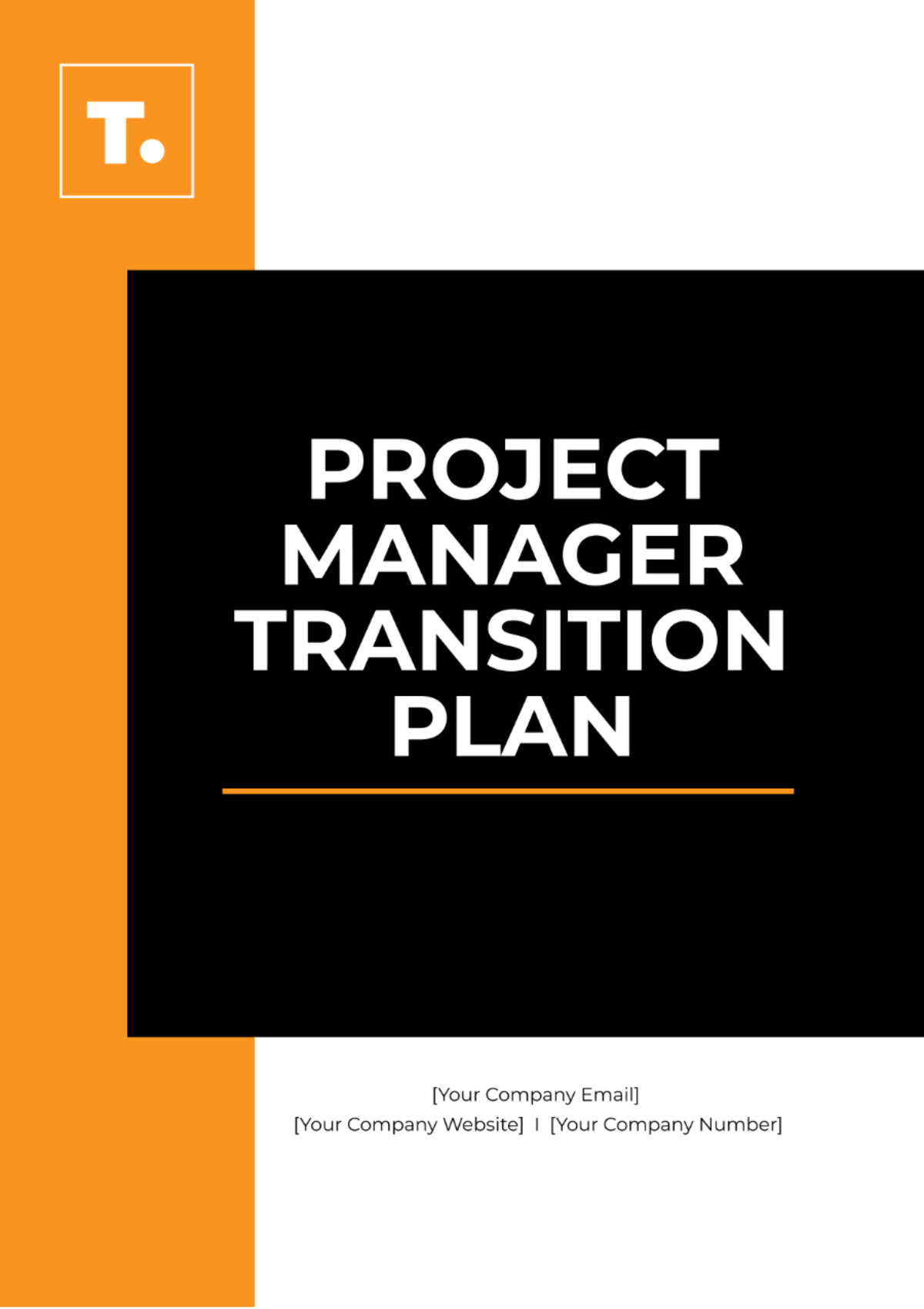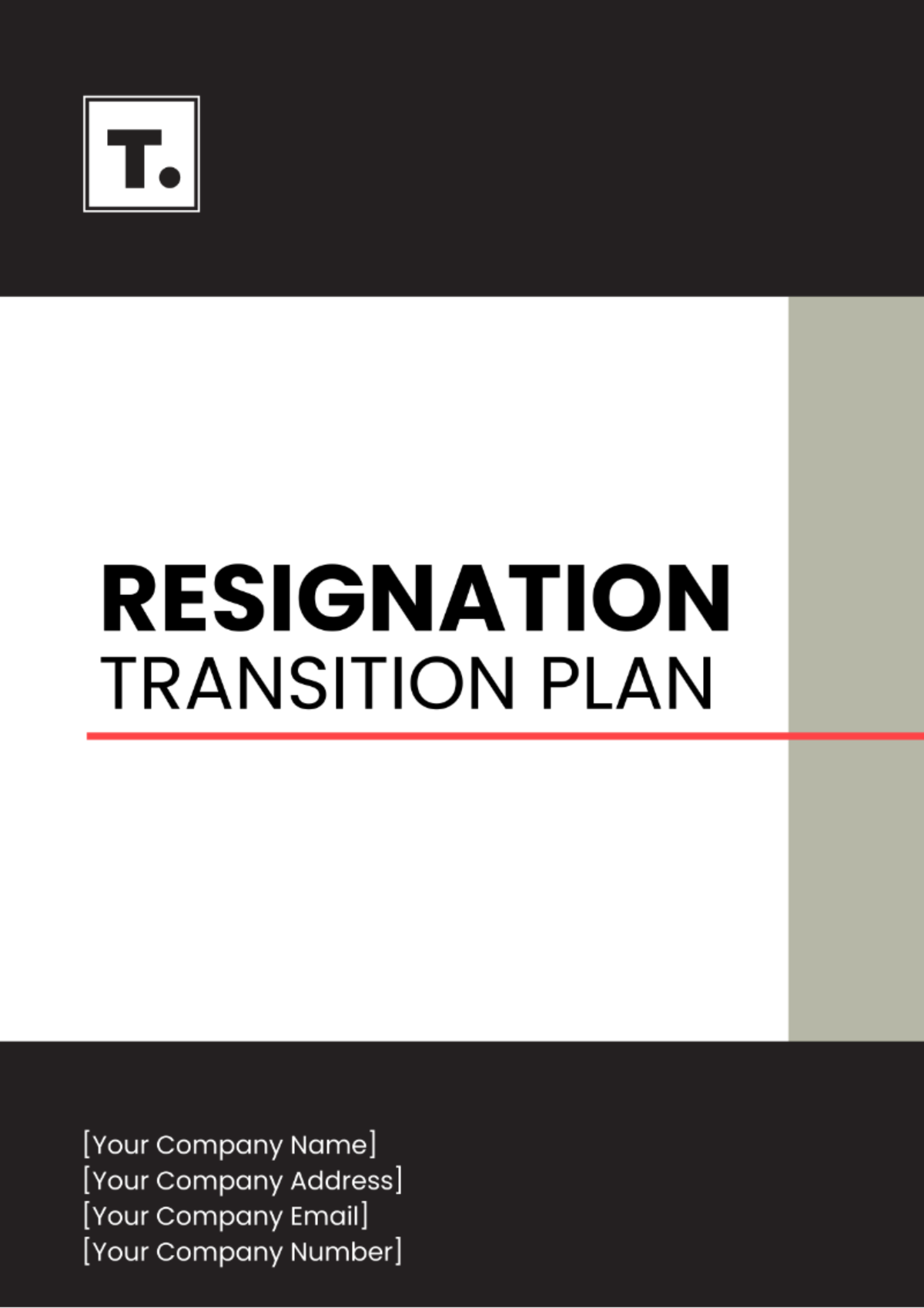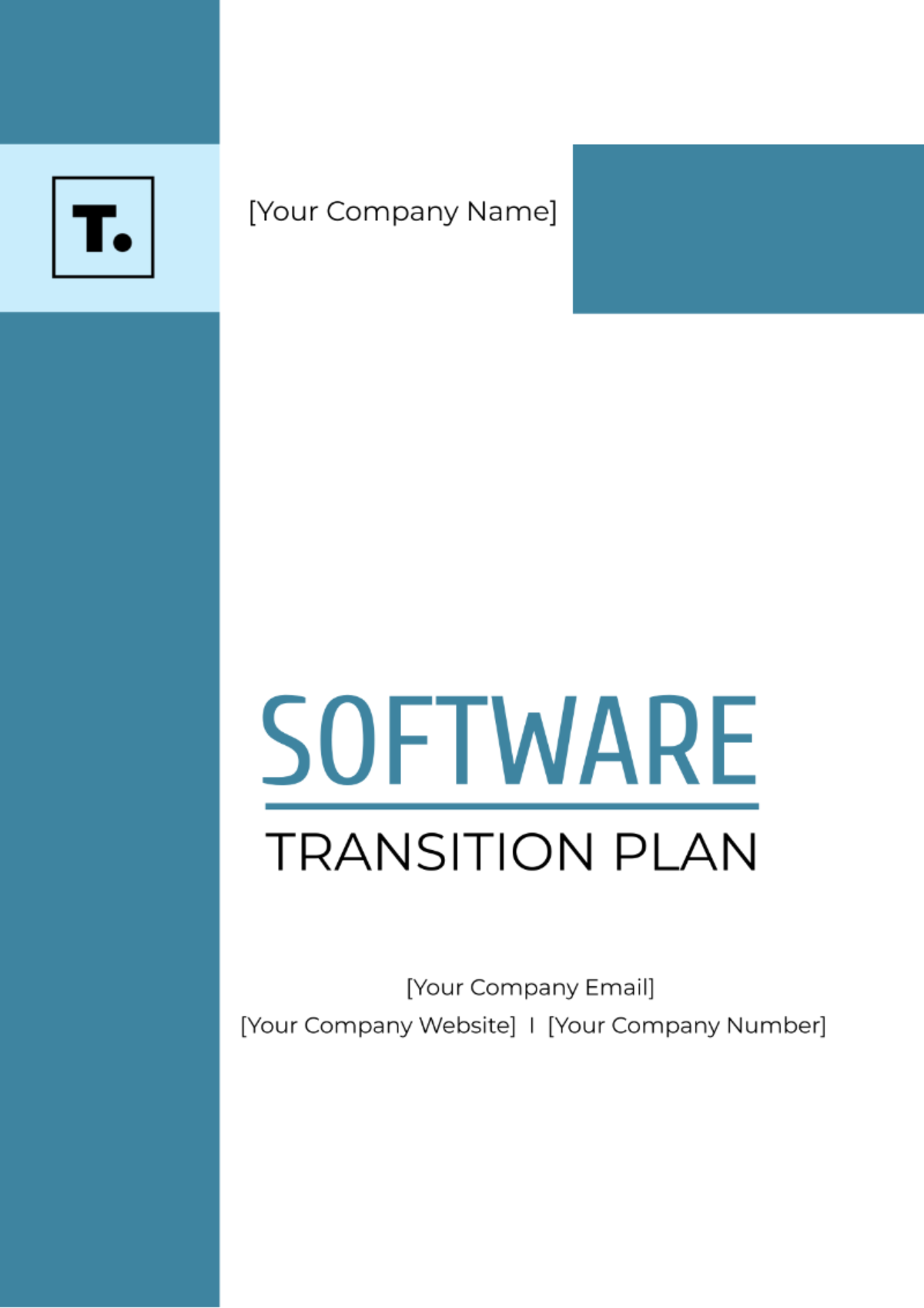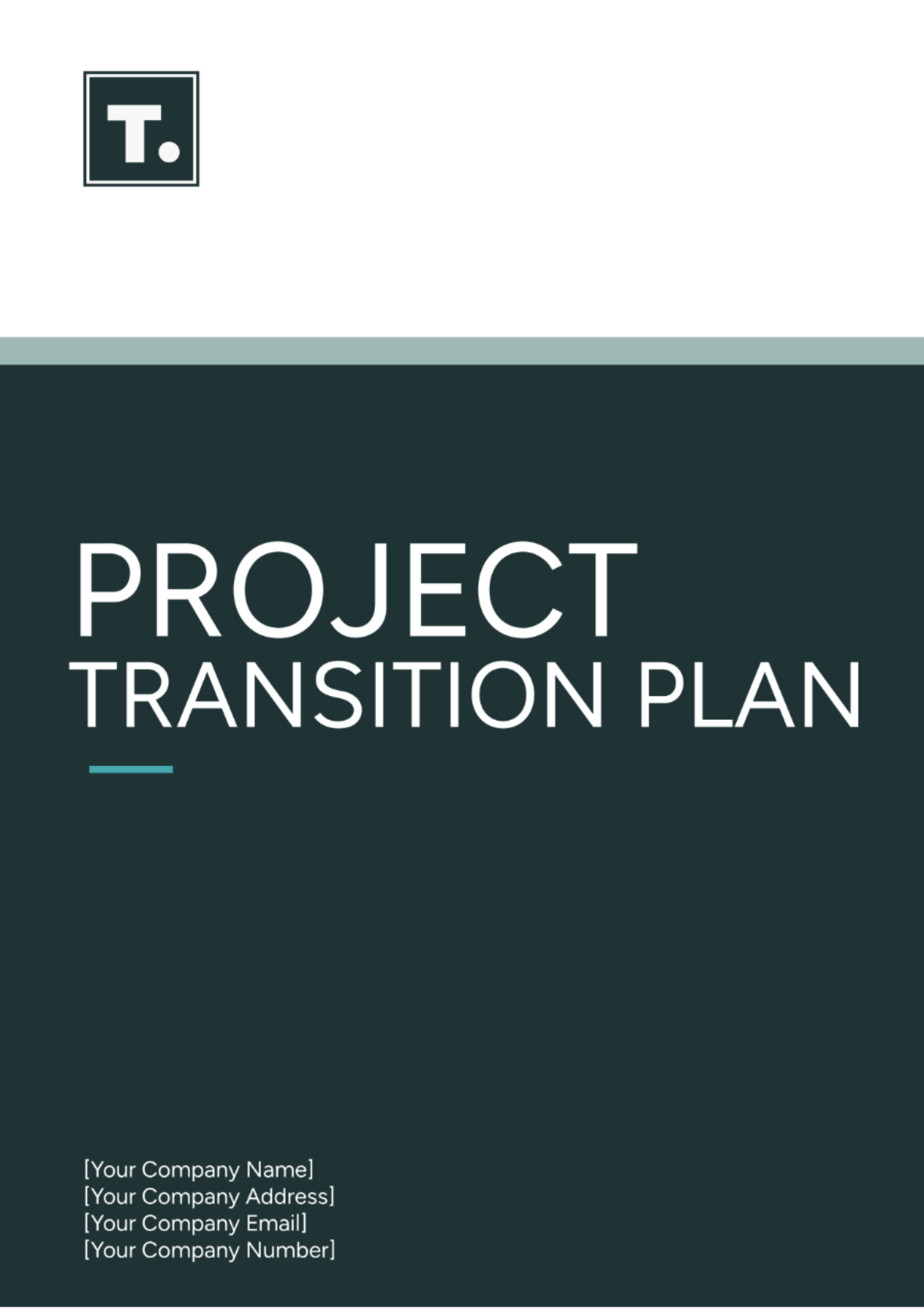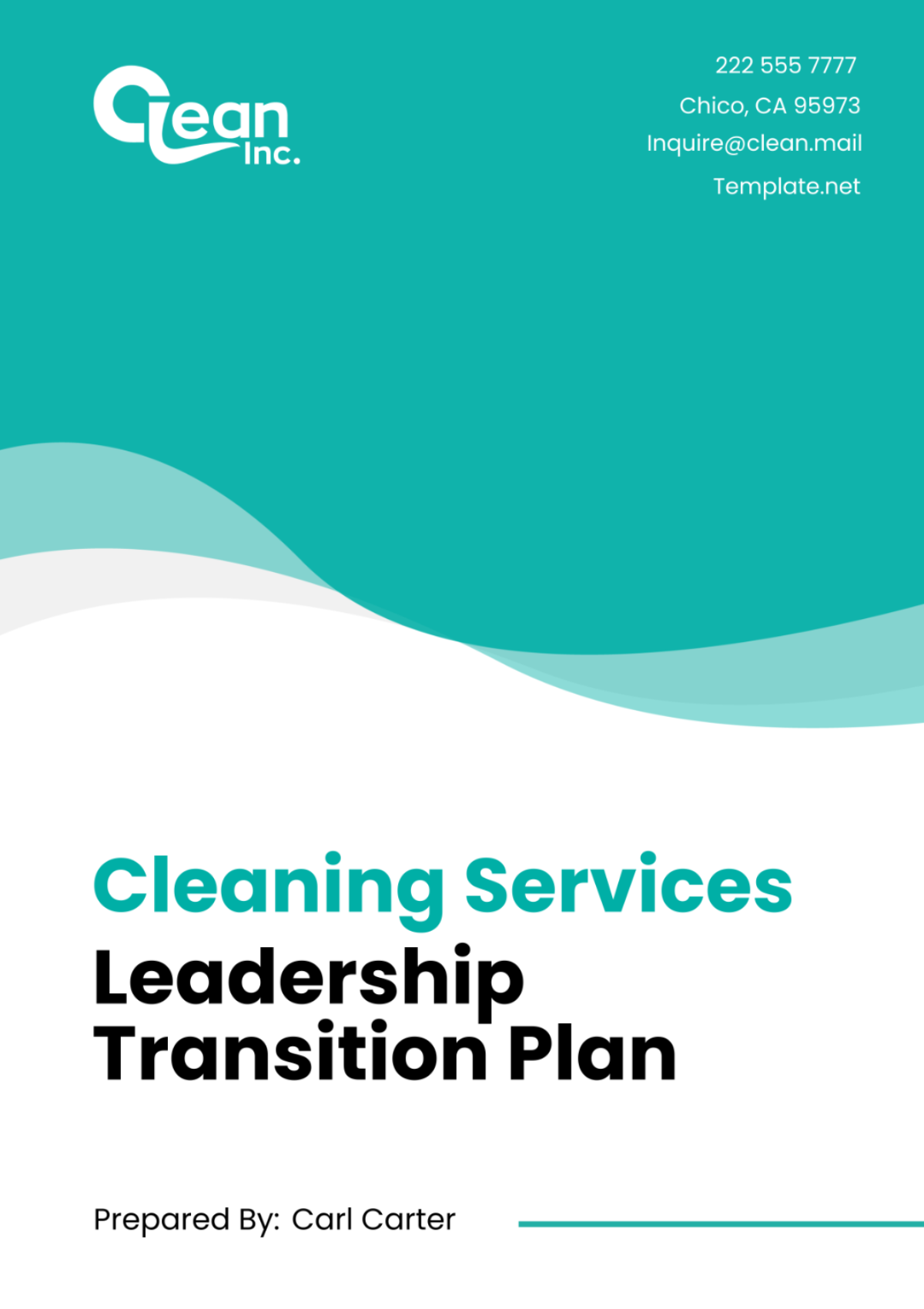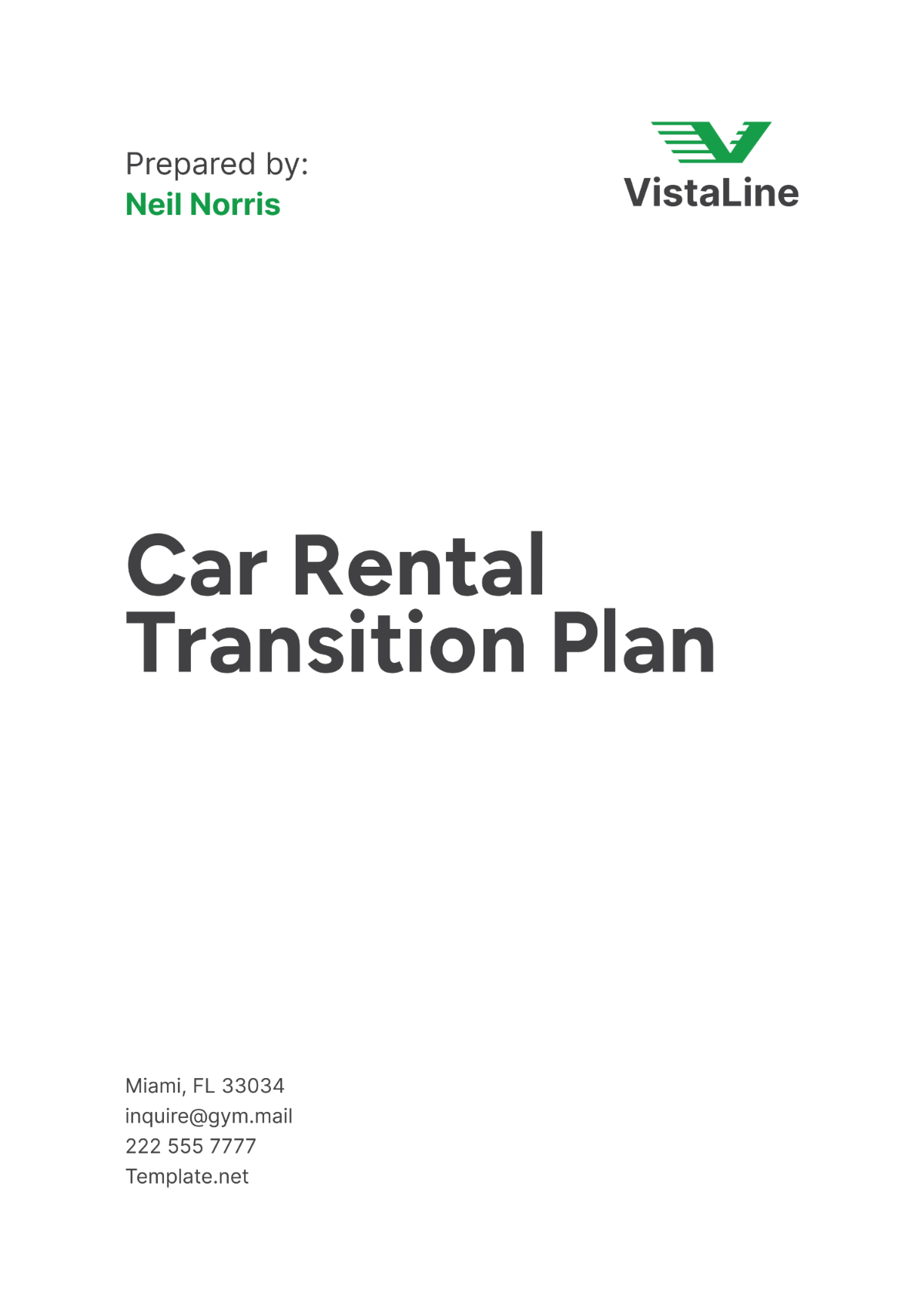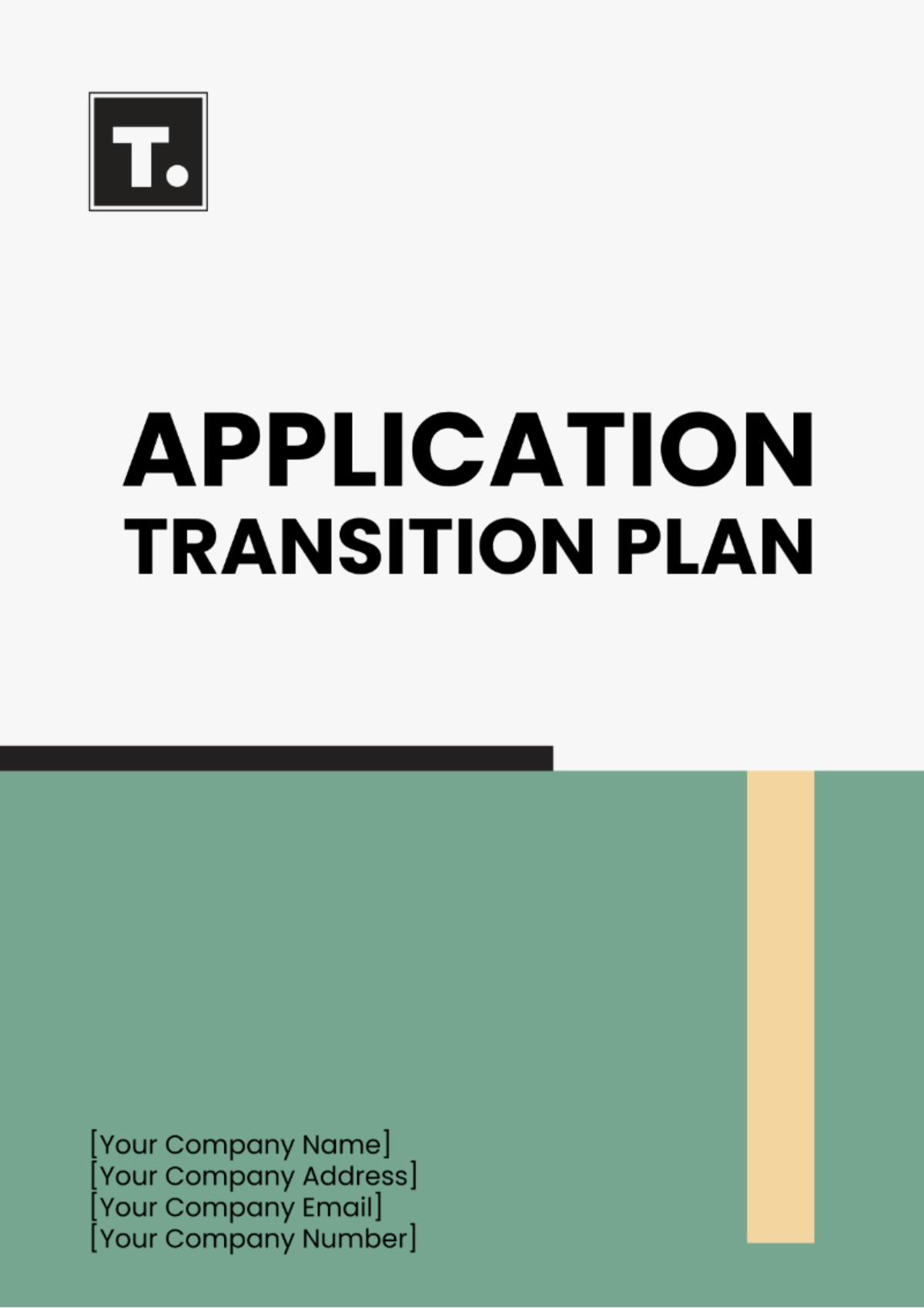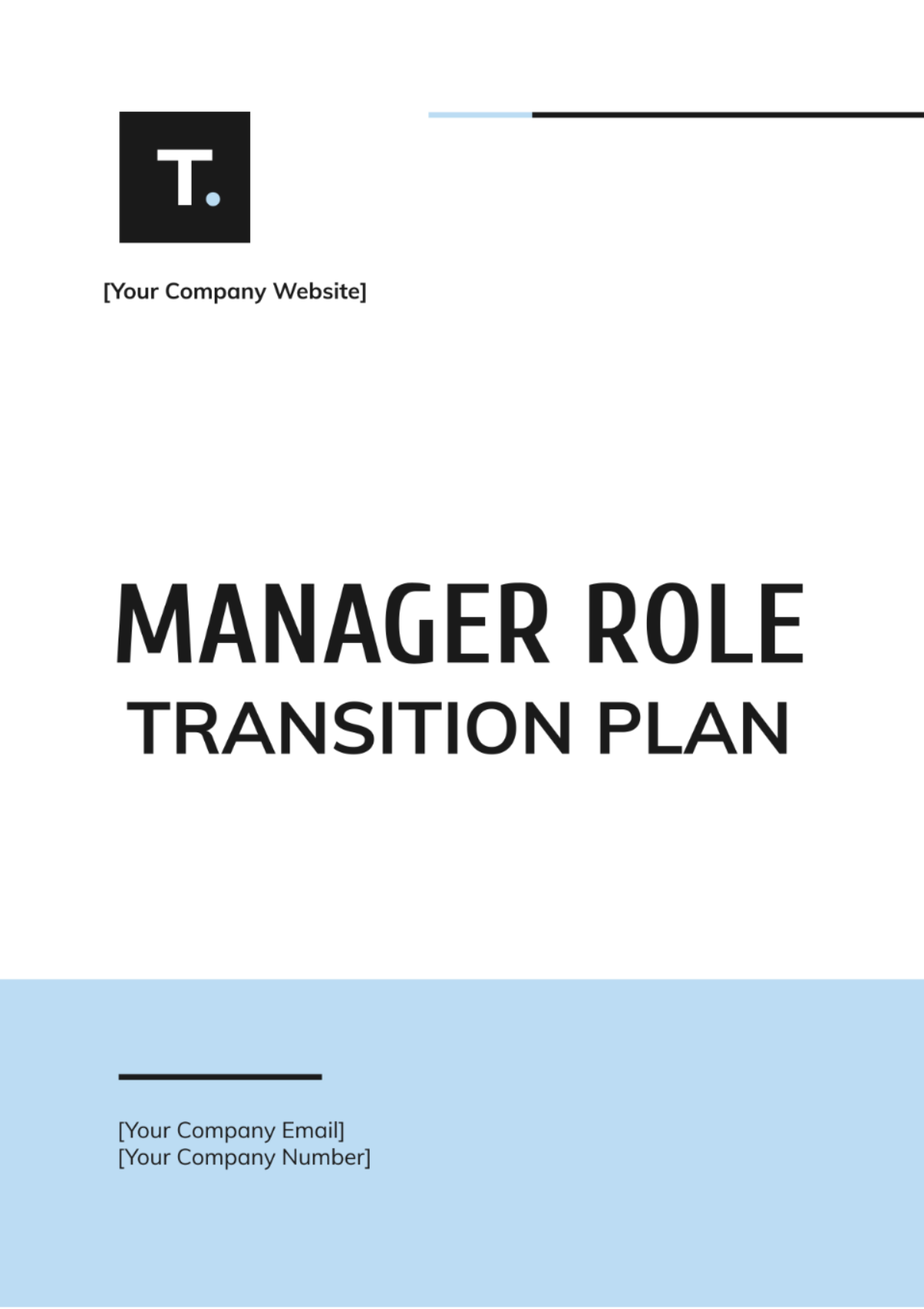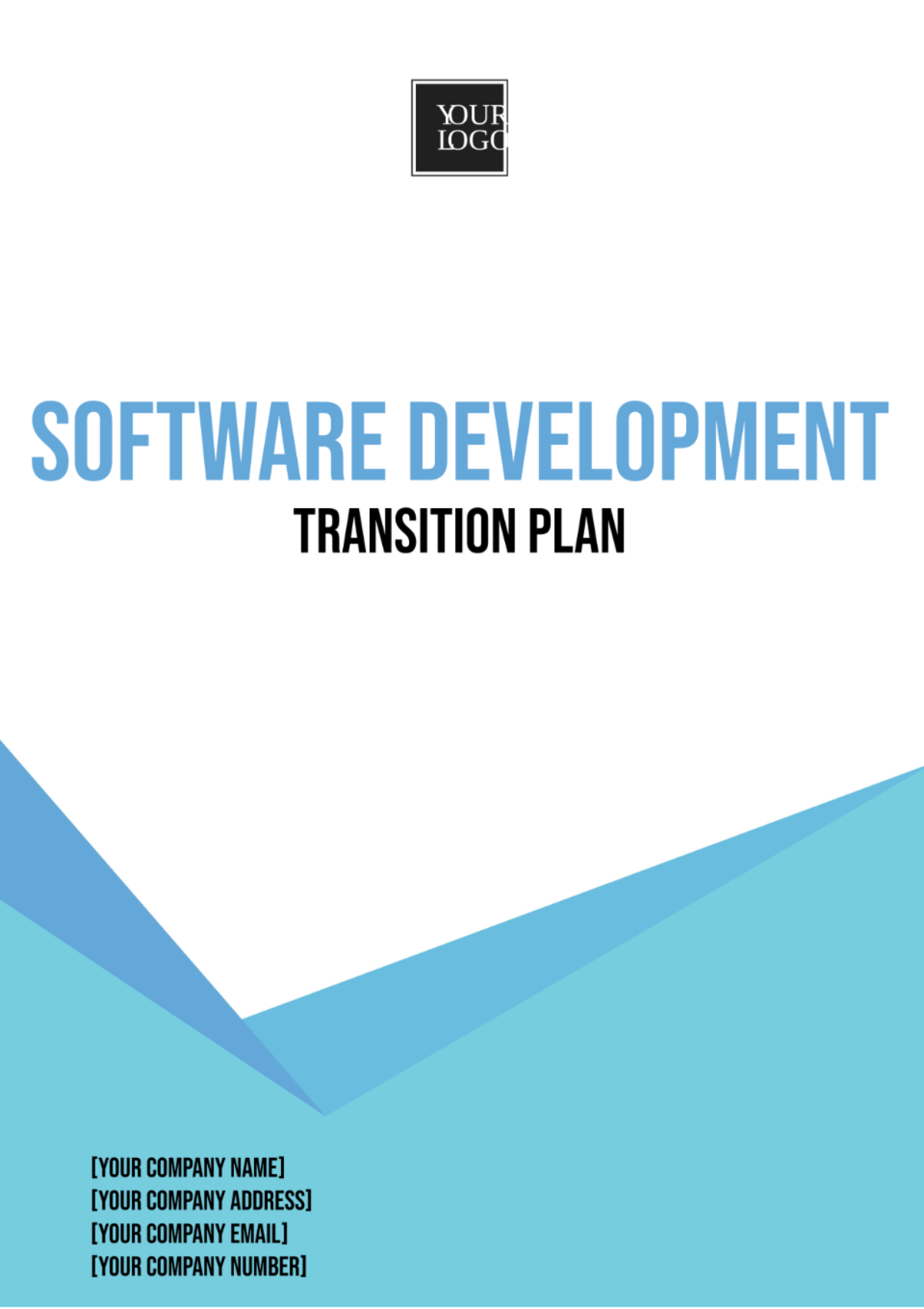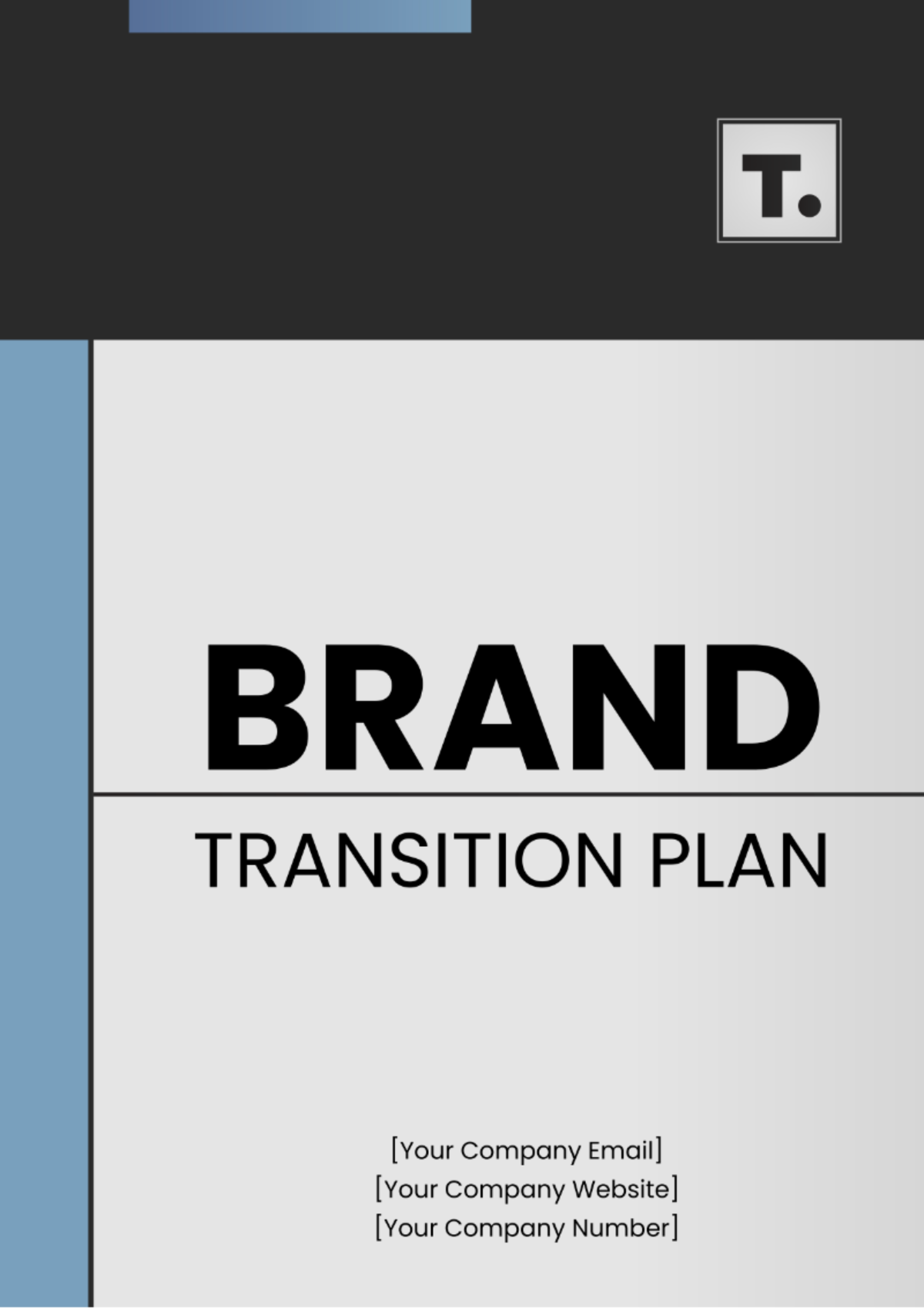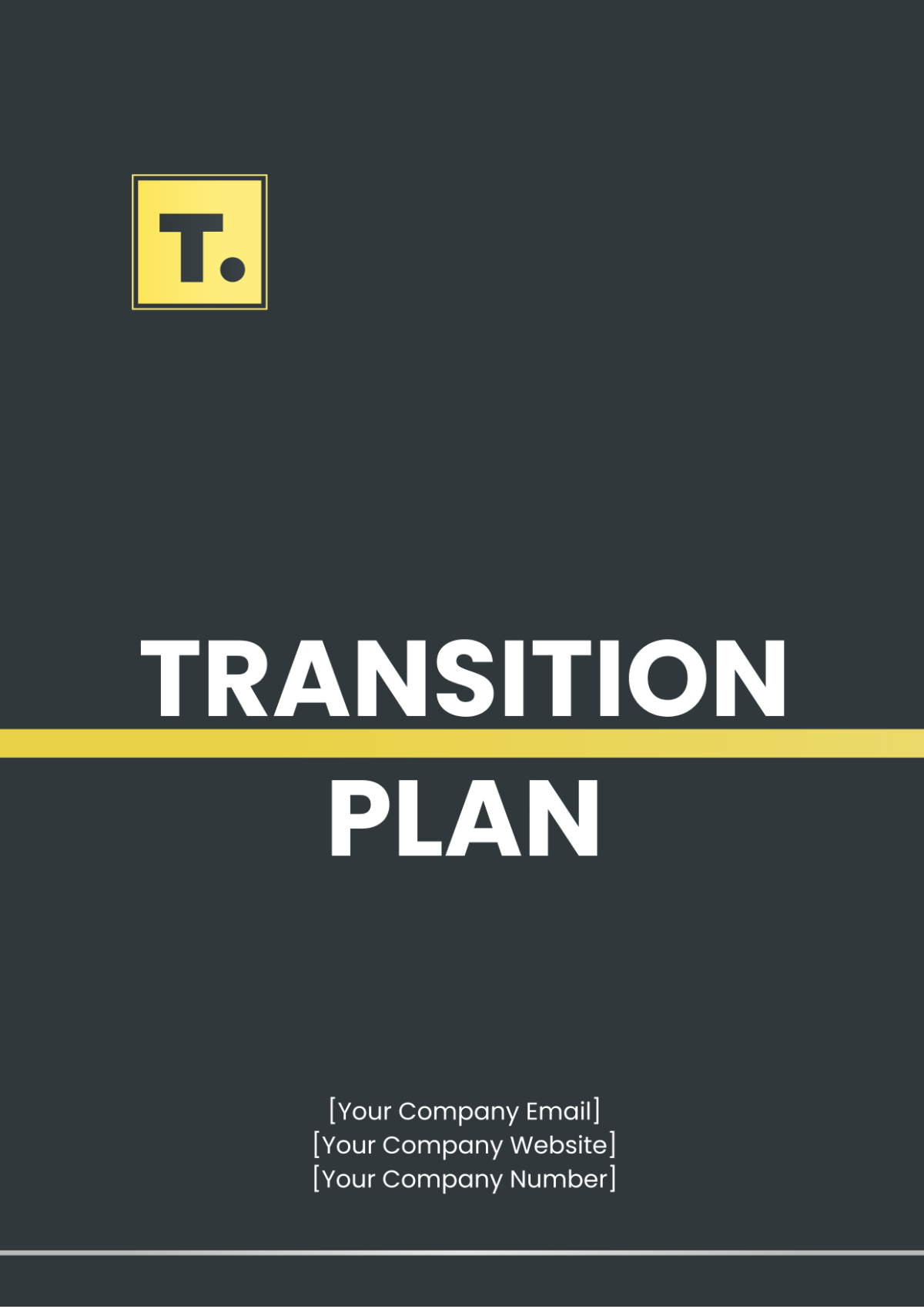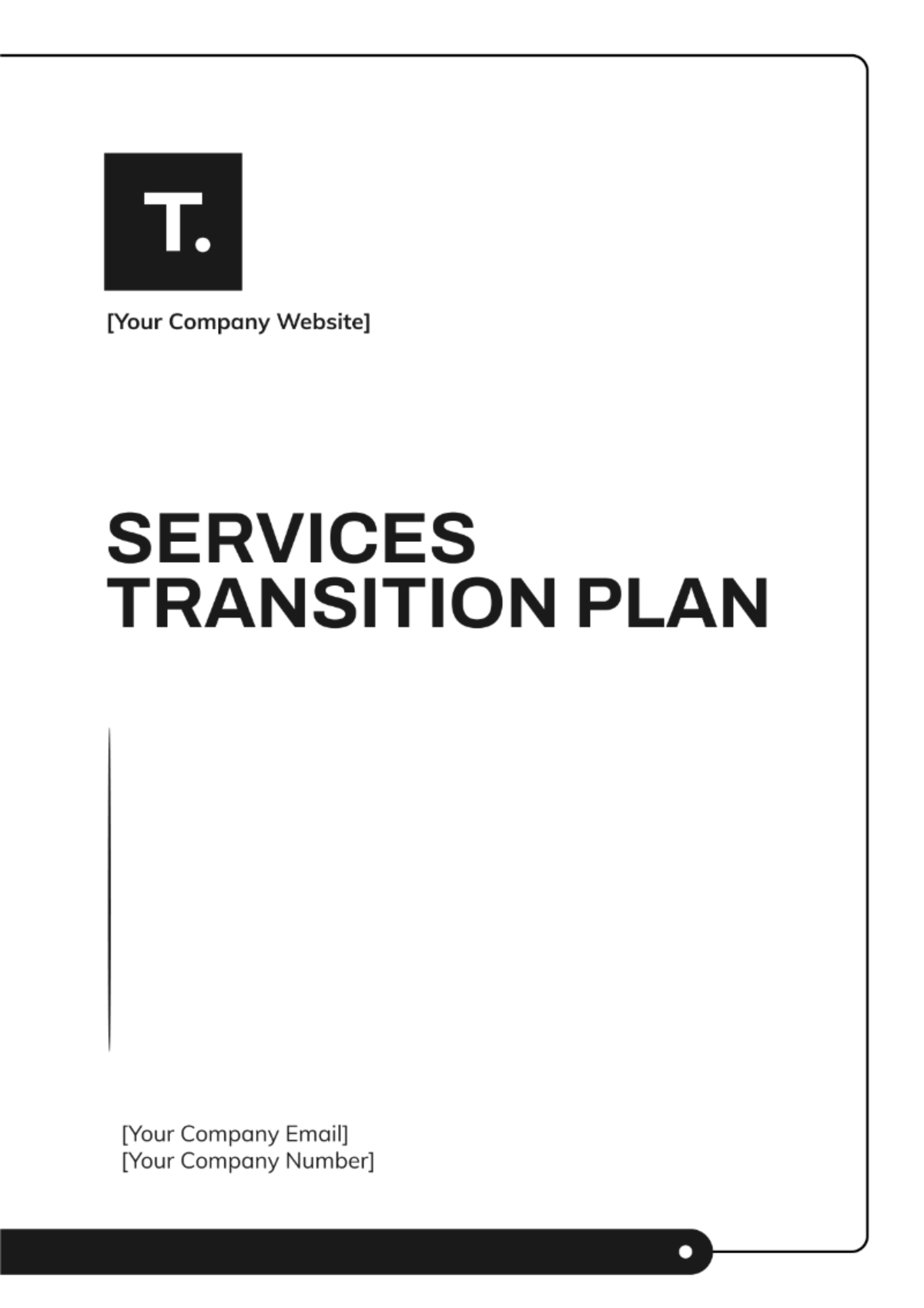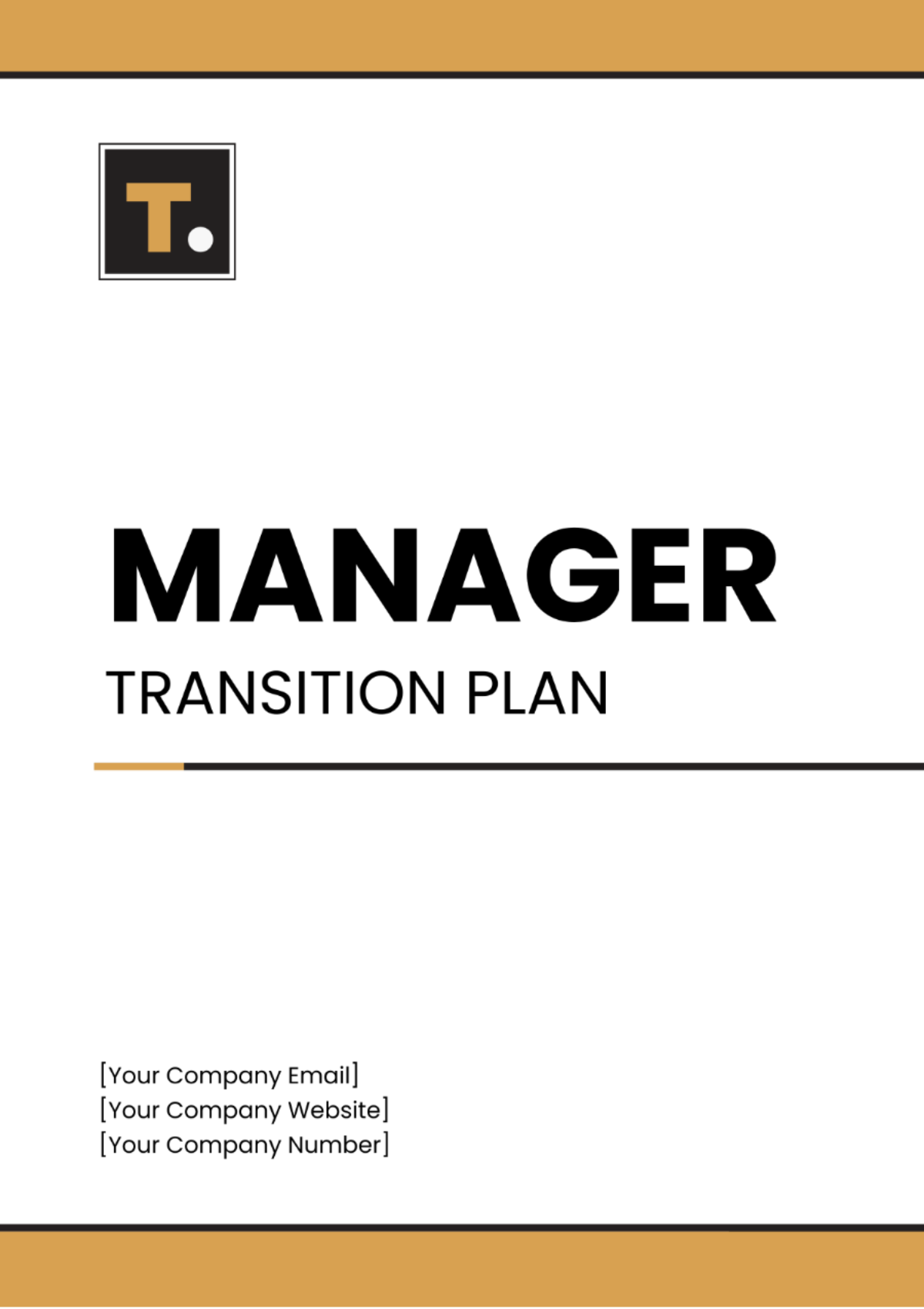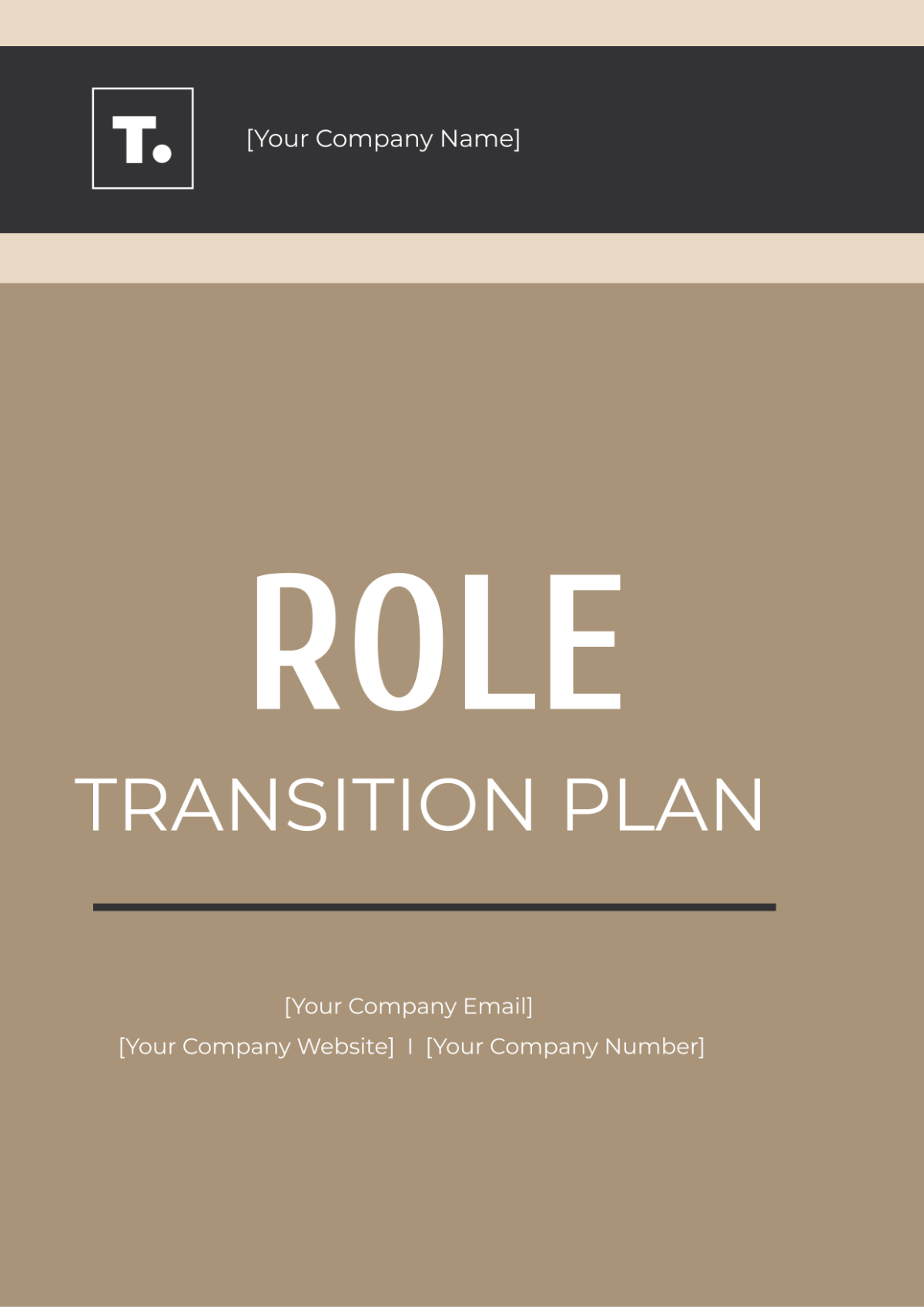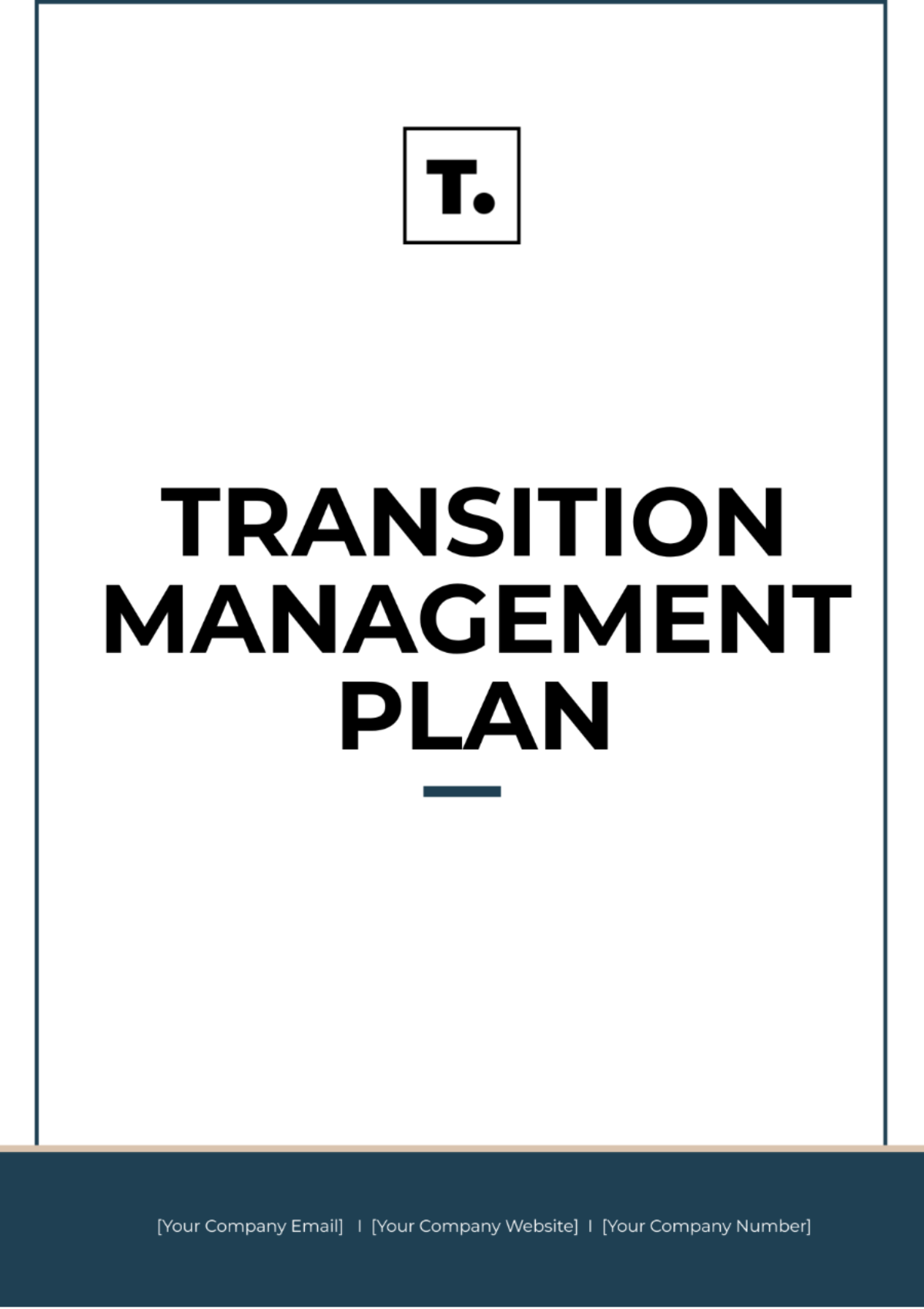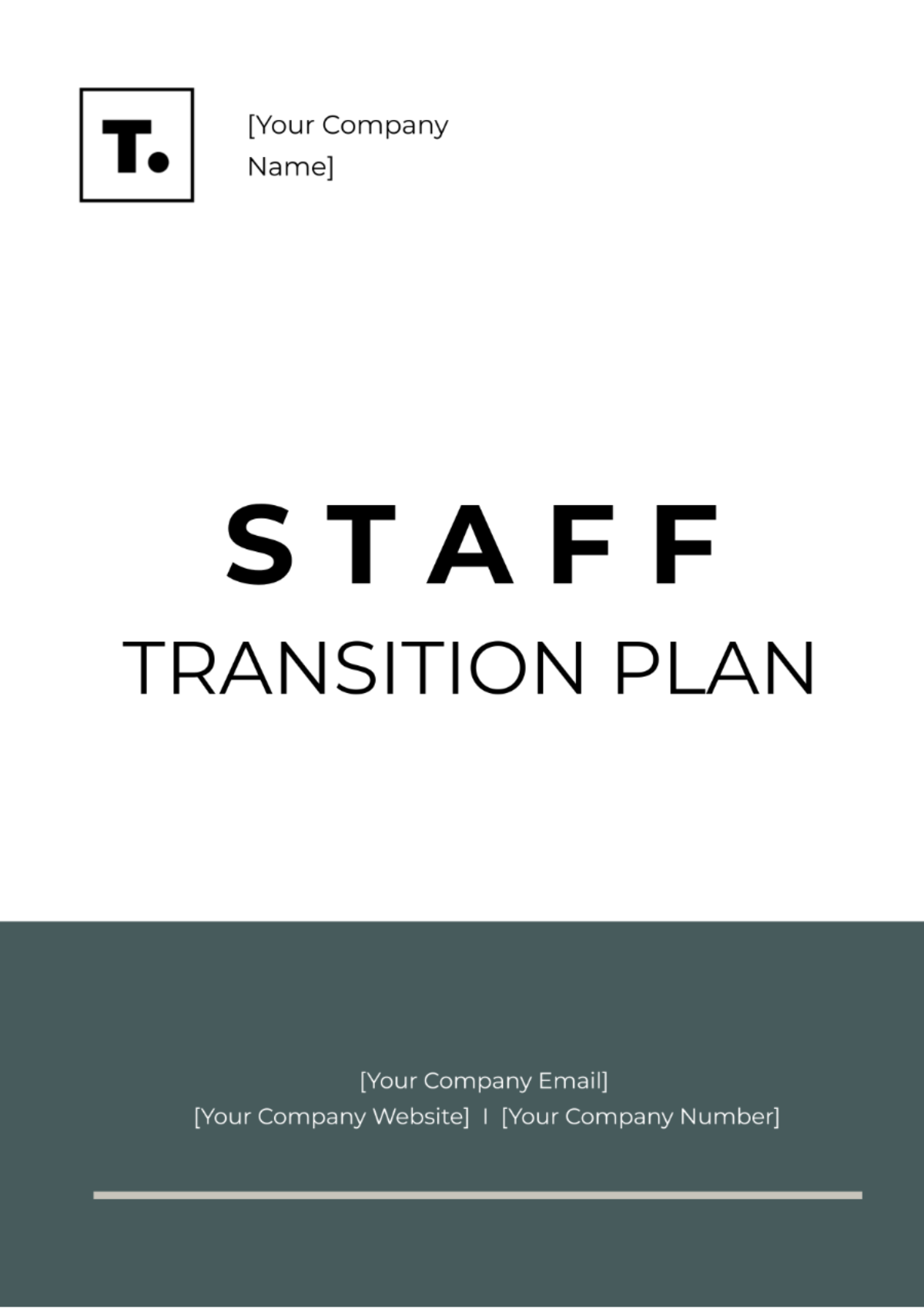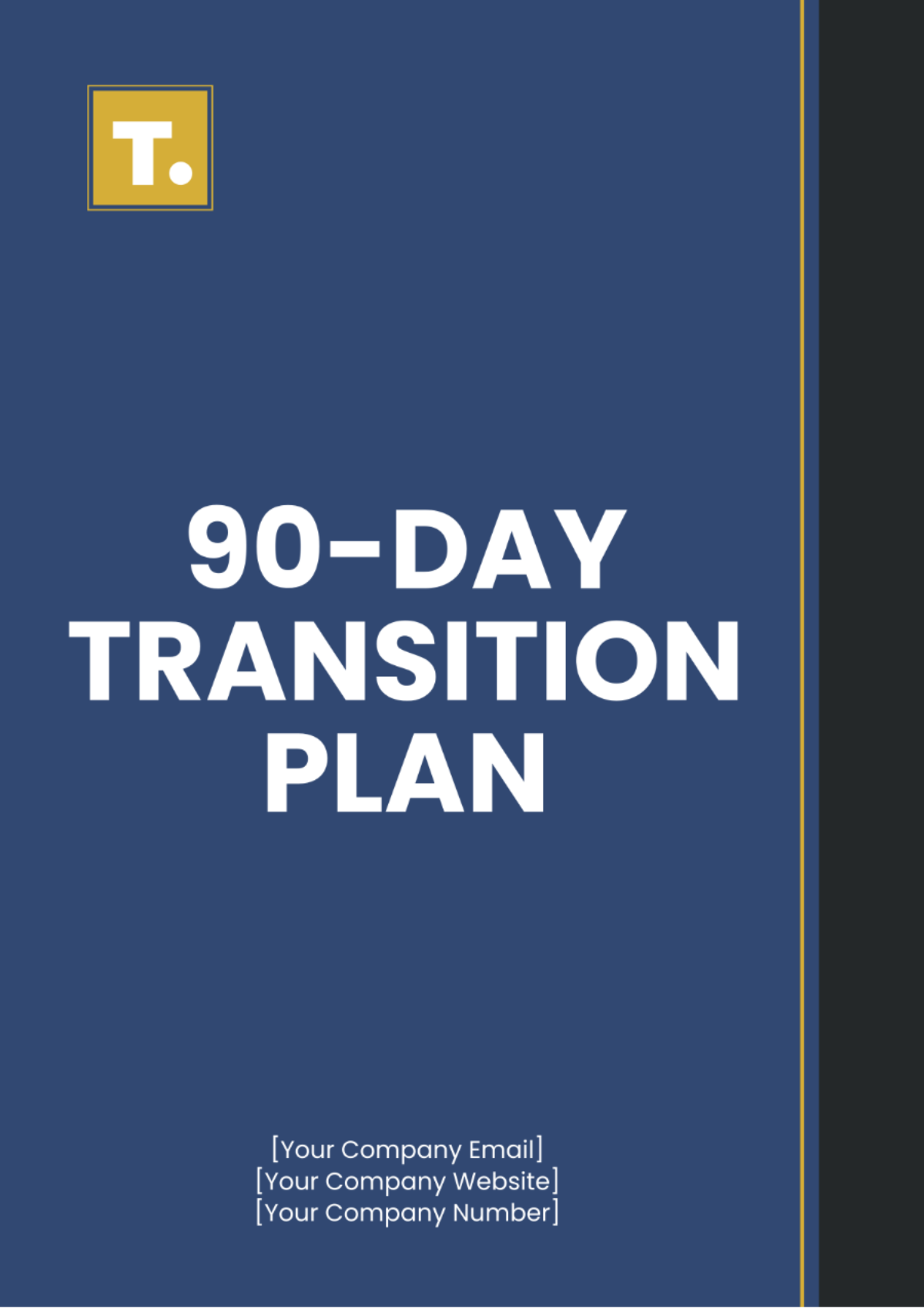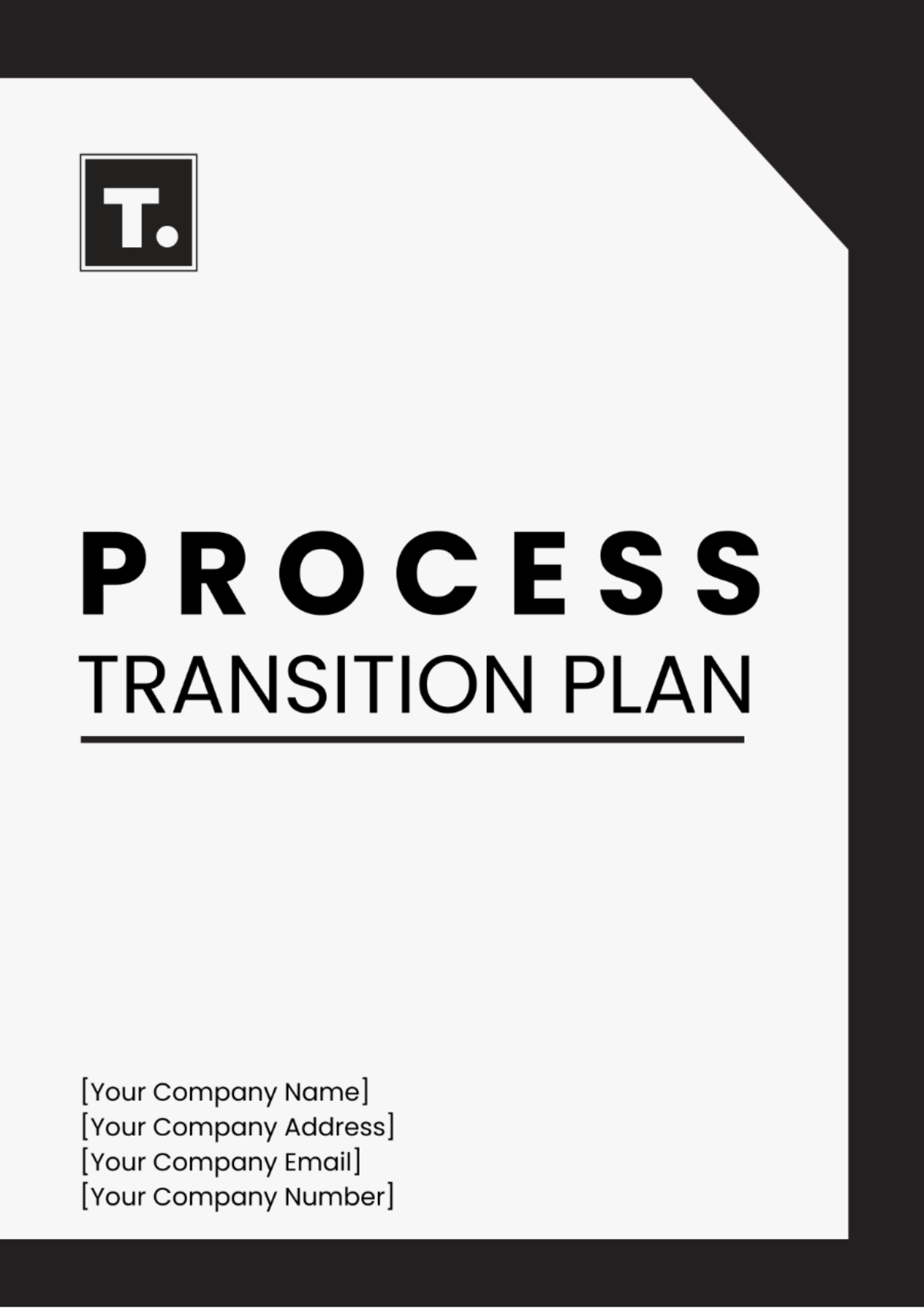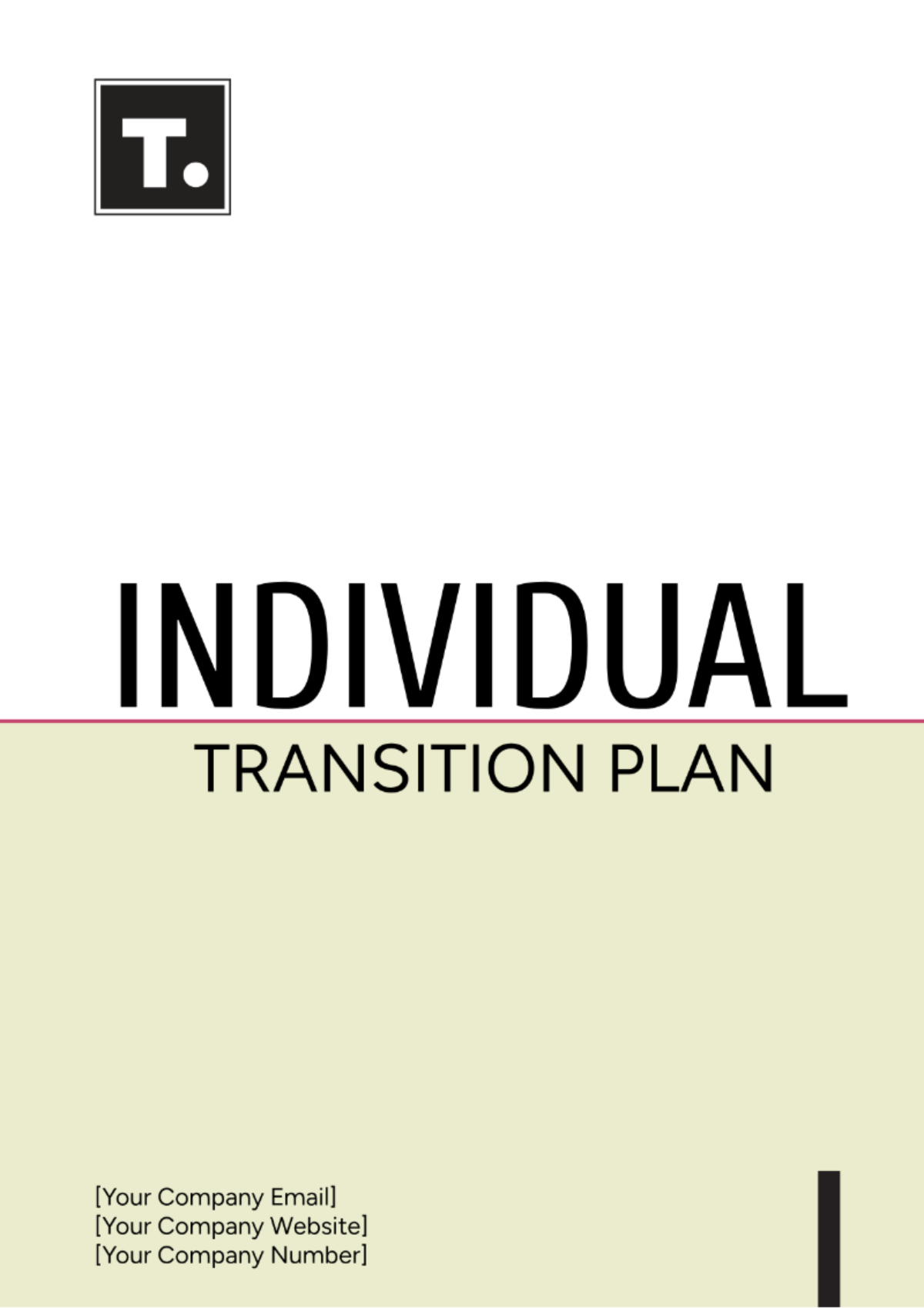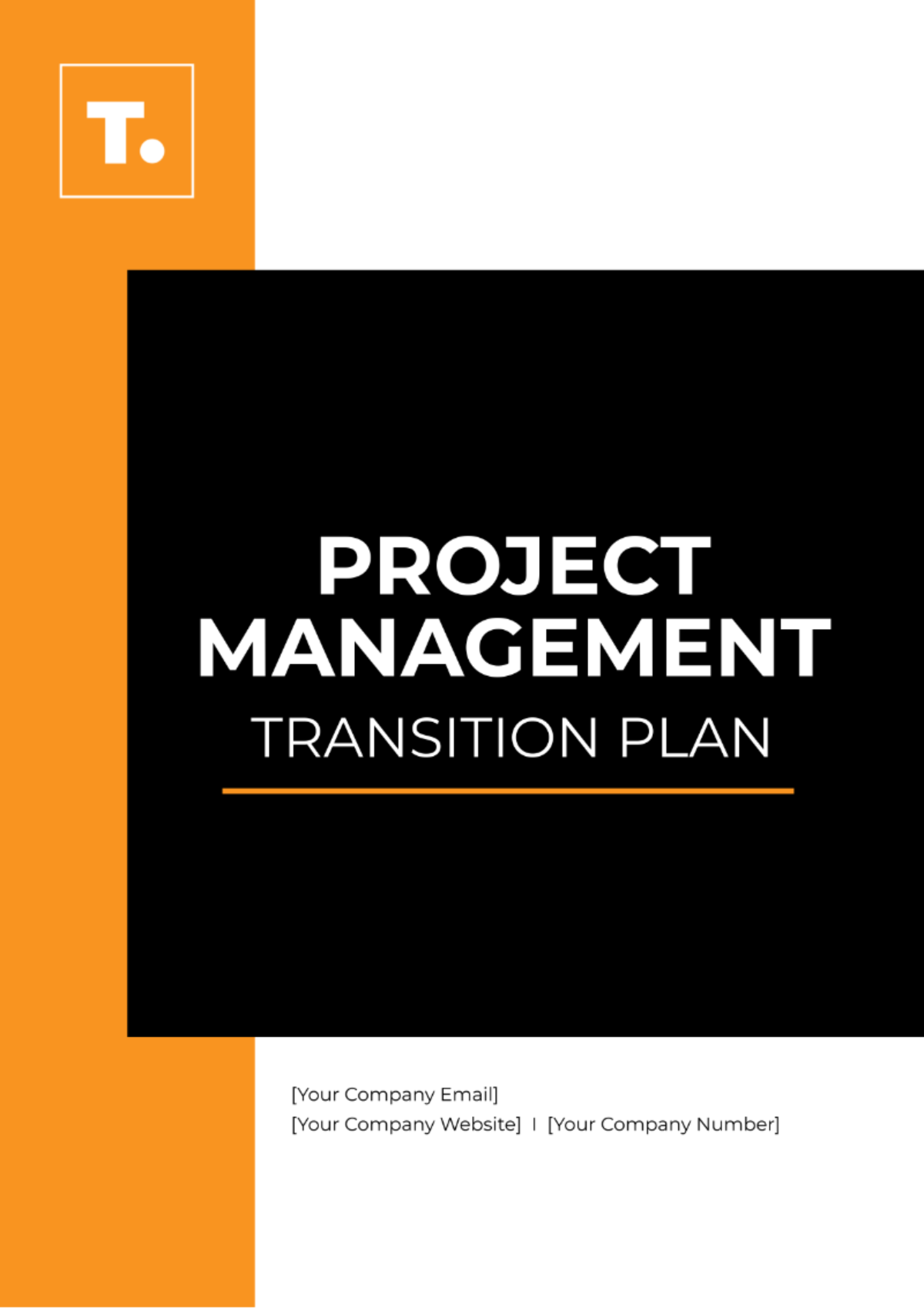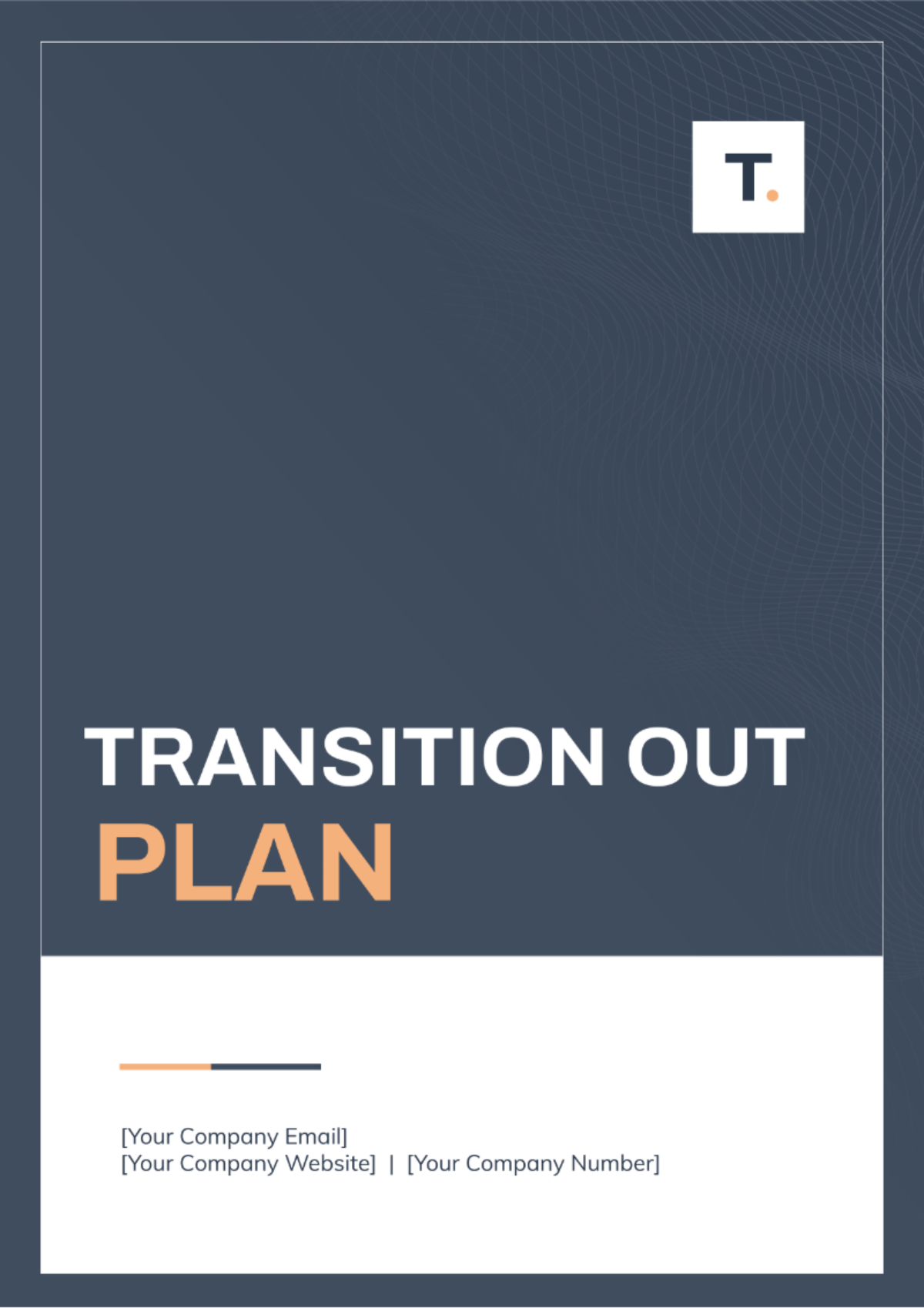Management Transition Plan
Prepared By: | [YOUR NAME] |
Date Prepared: | [DATE] |
I. Introduction
This Management Transition Plan outlines the steps and procedures for transitioning managerial responsibilities from one individual or team to another within [Your Company Name]. The objective is to ensure continuity of operations, effective knowledge transfer, and minimal disruption during the transition period.
II. Transition Overview
A. Background
Please provide an in-depth summary of the current managerial hierarchy, outlining its structure and components in detail, and elaborate on the underlying reasons that necessitate modifications to this organizational framework.
Current Manager: [Current Manager Name]
Outgoing Manager: [Outgoing Manager Name]
Incoming Manager: [Incoming Manager Name]
B. Transition Goals
Smooth handover of responsibilities: Ensure a seamless transfer of managerial duties, minimizing confusion and maintaining clarity.
Operational continuity: Sustain day-to-day operations without significant interruptions, safeguarding productivity.
Minimize disruption to business processes: Keep business functions running smoothly during the transition, preserving efficiency.
Effective knowledge transfer: Transfer essential knowledge and skills from outgoing to incoming managers for a successful transition.
III. Roles and Responsibilities
Role | Responsibility | Person Responsible |
|---|---|---|
Project Lead | Oversee the transition process | [Project Lead Name] |
Outgoing Manager | Provide knowledge transfer to the Incoming Manager | [Outgoing Manager Name] |
Incoming Manager | Receive and understand transferred responsibilities | [Incoming Manager Name] |
HR Representative | Coordinate administrative tasks | [HR Representative Name] |
IV. Transition Process
A. Planning Phase
Define transition timeline and milestones: Establish a clear schedule outlining key stages and deadlines for the management transition process, providing a roadmap for progress.
Identify critical tasks and responsibilities: Determine the essential actions and duties that need to be carried out during the transition, ensuring all key areas are addressed effectively.
Develop a communication plan: Create a structured strategy for internal and external communication regarding the transition, ensuring stakeholders are informed and engaged throughout the process.
B. Execution Phase
Step | Description |
|---|---|
Step 1: Kick-off meeting with stakeholders | Hold a meeting to discuss the transition plan, objectives, and roles with relevant stakeholders. |
Step 2: Schedule and conduct knowledge transfer sessions | Plan and conduct sessions to transfer knowledge from outgoing to incoming manager. |
| Provide a brief overview of managerial role responsibilities, including objectives and team management. |
| Deep dive into specific managerial processes and workflows for incoming manager's understanding. |
| Review key points, address questions, and clarify uncertainties in a Q&A session. |
Step 3: Monitor progress and address issues | Continuously track transition progress, and identify and resolve any arising issues promptly. |
C. Review Phase
Conduct feedback sessions: Gather feedback from stakeholders involved in the transition process to assess their experiences, and identify strengths, weaknesses, and areas for improvement.
Evaluate the transition process: Assess the effectiveness of the management transition plan by reviewing whether objectives were met, identifying successes, and pinpointing any areas where the process could be refined.
Document lessons learned: Capture insights, best practices, and areas for improvement discovered during the transition process to inform future transitions and enhance organizational learning and development.
V. Key Contacts
Please furnish a comprehensive list of primary individuals who are involved in the transition process.
[Outgoing Manager Name]
Role: Outgoing Manager
Contact Information: [Outgoing Manager Contact]
[Incoming Manager Name]
Role: Incoming Manager
Contact Information: [Incoming Manager Contact]
[HR Representative Name]
Role: HR Representative
Contact Information: [HR Representative Contact]
[Project Lead Name]
Role: Project Lead
Contact Information: [Project Lead Contact]
VI. Communication Plan
A. Internal Communication
Inform team members about the transition: Ensure all team members are aware of the upcoming management transition, including reasons for the change and any expected impacts on their roles or workflows.
Regular updates through meetings and emails: Maintain ongoing communication with team members through regular meetings and email updates to keep them informed about the progress of the transition and any relevant changes or developments.
B. External Communication
Notify clients and stakeholders: Inform external parties such as clients, partners, and other stakeholders about the management transition, providing reassurance about the continuity of service and any necessary changes to contact points or procedures.
Provide contact details for a new manager: Share contact details for the incoming manager with external stakeholders to facilitate a smooth transition of communication channels and ensure continuity of relationships.
VII. Resources
Please enumerate all tools, documents, or resources that are required for the transition:
Knowledge transfer documents: Documents containing essential information, processes, and procedures that need to be transferred from the outgoing manager to the incoming manager to ensure continuity and effectiveness in their role.
Project management tool access: Access to software or tools used for managing projects and tasks within the organization, facilitating coordination, tracking progress, and ensuring accountability during the transition period.
Employee handbook: A comprehensive guide outlining organizational policies, procedures, and expectations for employees, serving as a reference for both outgoing and incoming managers to ensure consistency and compliance across the organization.
VIII. Risk Management
A. Identified Risks
Risk | Impact | Mitigation Plan |
|---|---|---|
Knowledge gap | High | In-depth knowledge transfer sessions |
Disruption of operations | Medium | Clear communication plan and timelines |
Stakeholder concerns | Low | Regular updates and feedback sessions |
IX. Conclusion
Summarize the transition plan and reiterate the importance of each step in ensuring a seamless transition.
Ensure continuity of operations: Emphasize the importance of maintaining uninterrupted business operations throughout the management transition to sustain productivity and service delivery.
Effective knowledge transfer: Highlight the critical role of transferring knowledge, skills, and information from the outgoing to the incoming manager to ensure a smooth transition and enable the new manager to fulfill their role effectively.
Minimize disruption: Stress the significance of minimizing disruptions to business processes and workflows during the transition period to prevent negative impacts on productivity, efficiency, and customer satisfaction.
